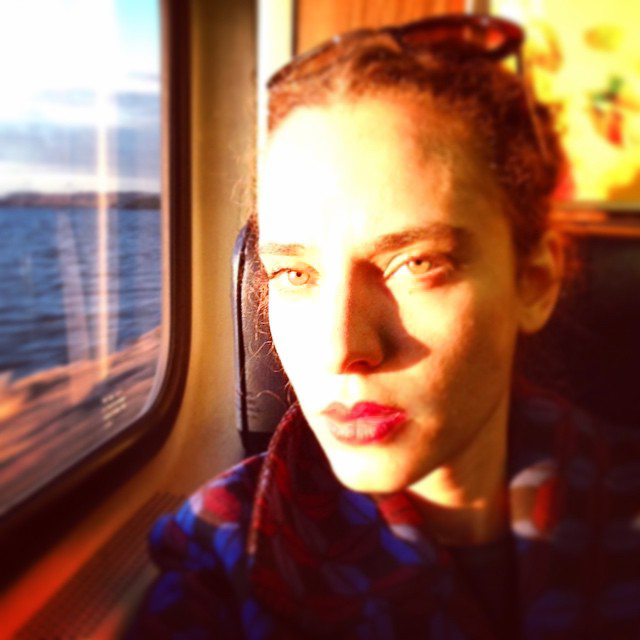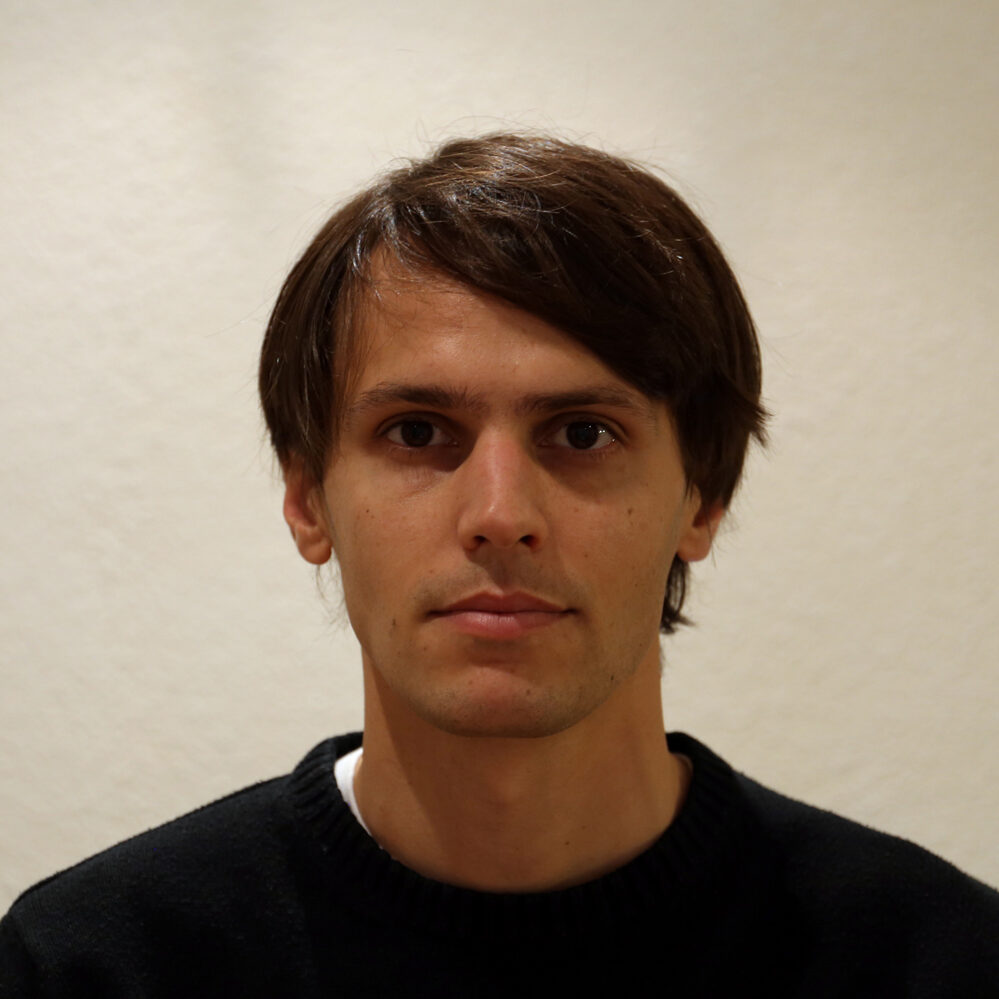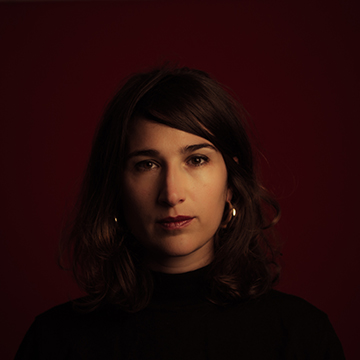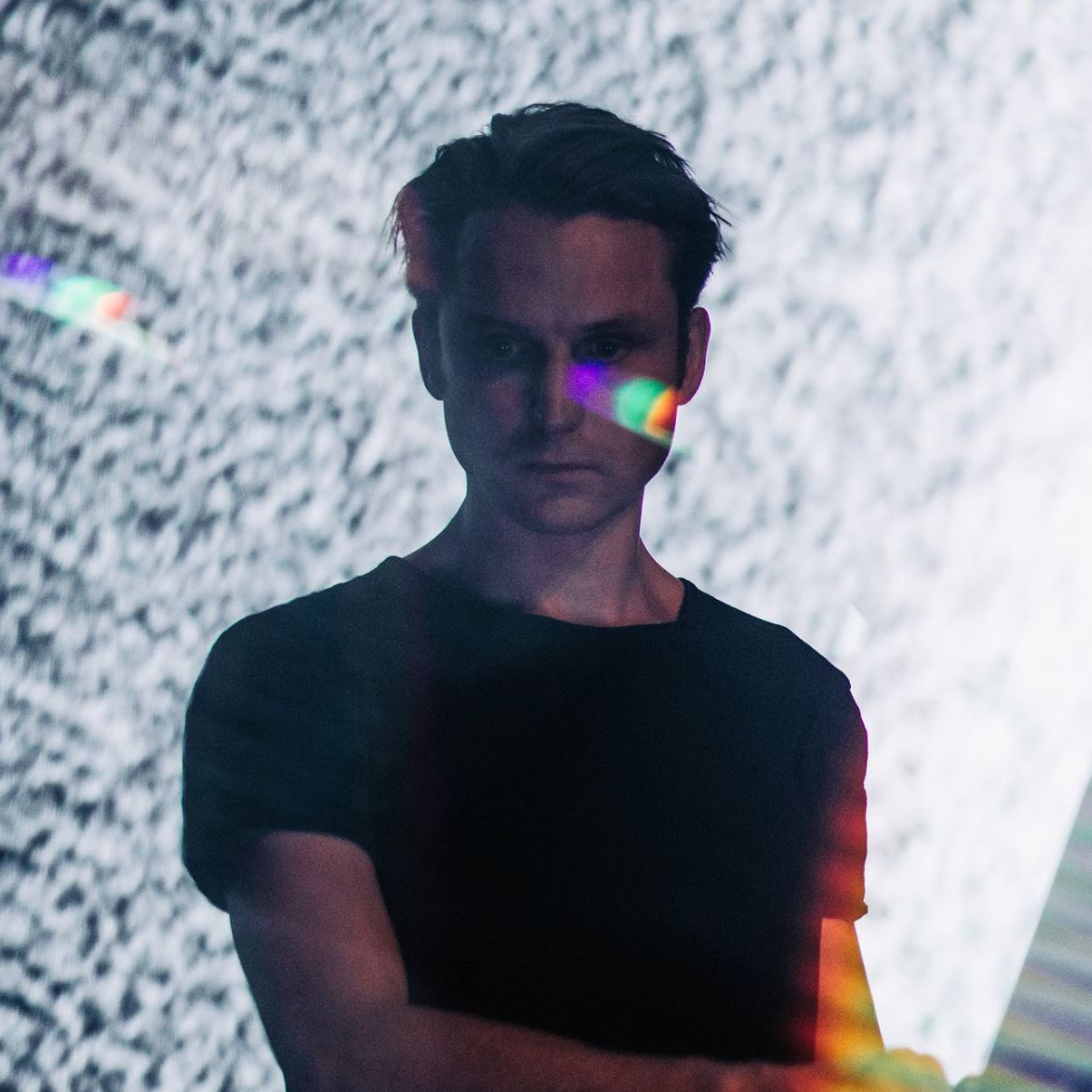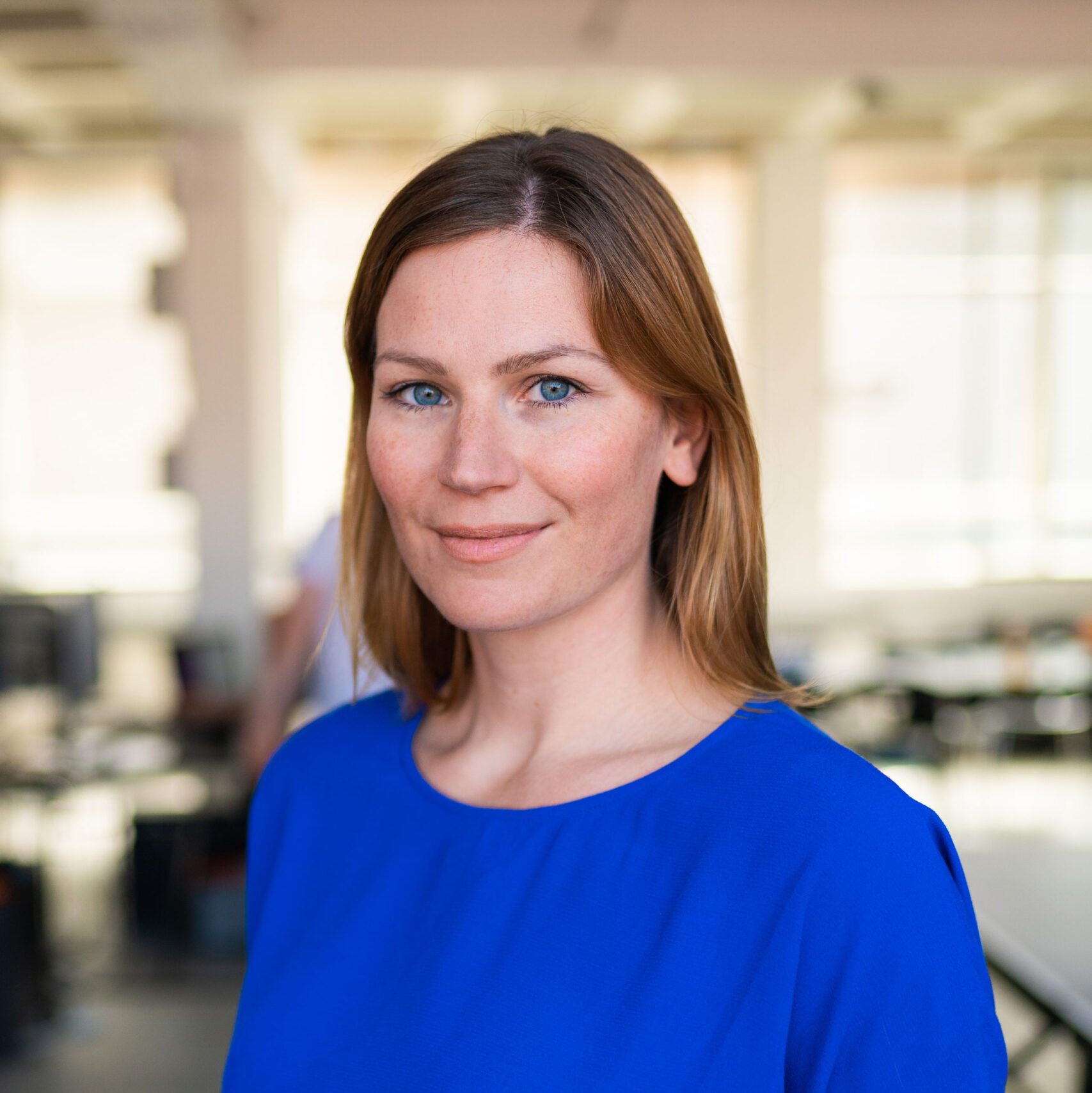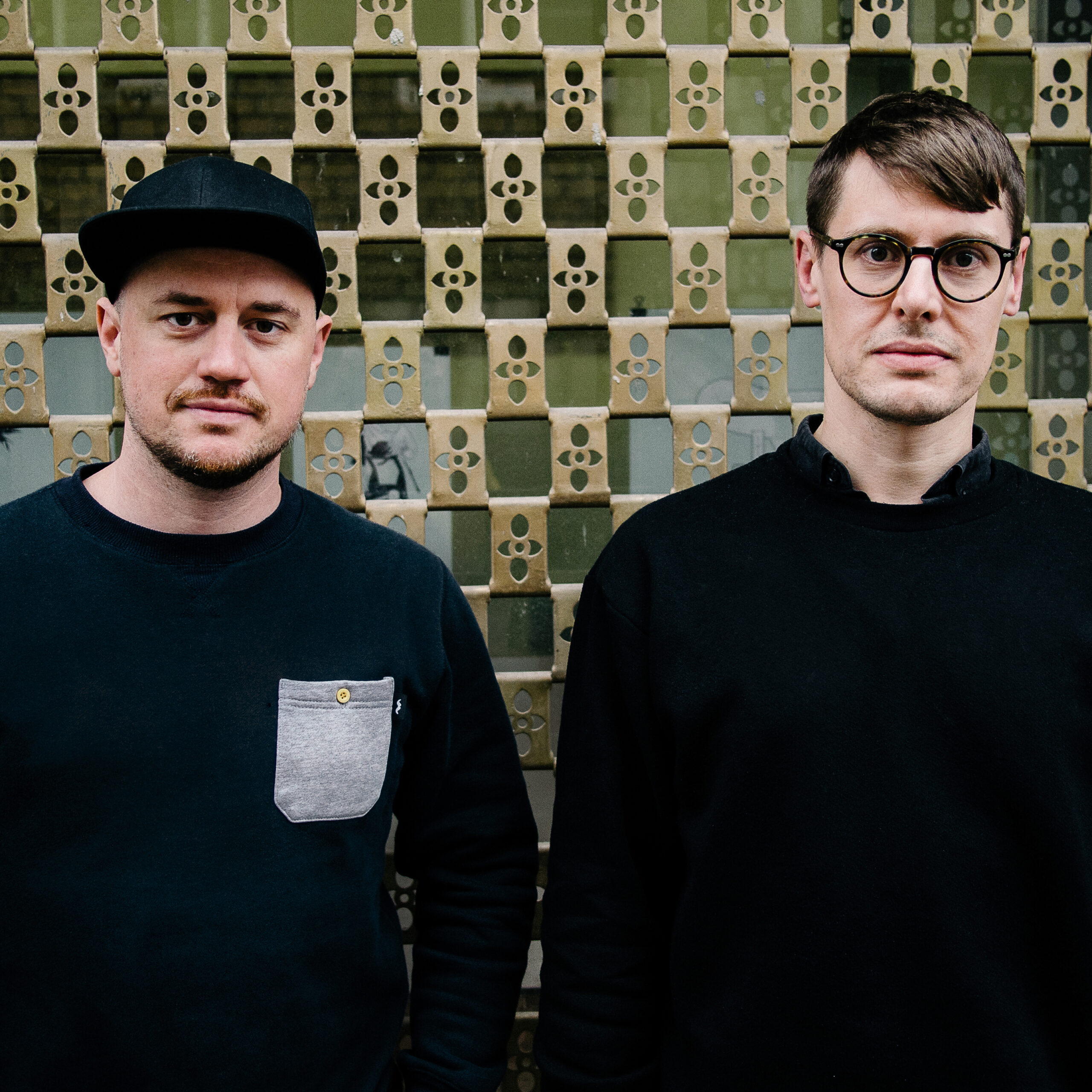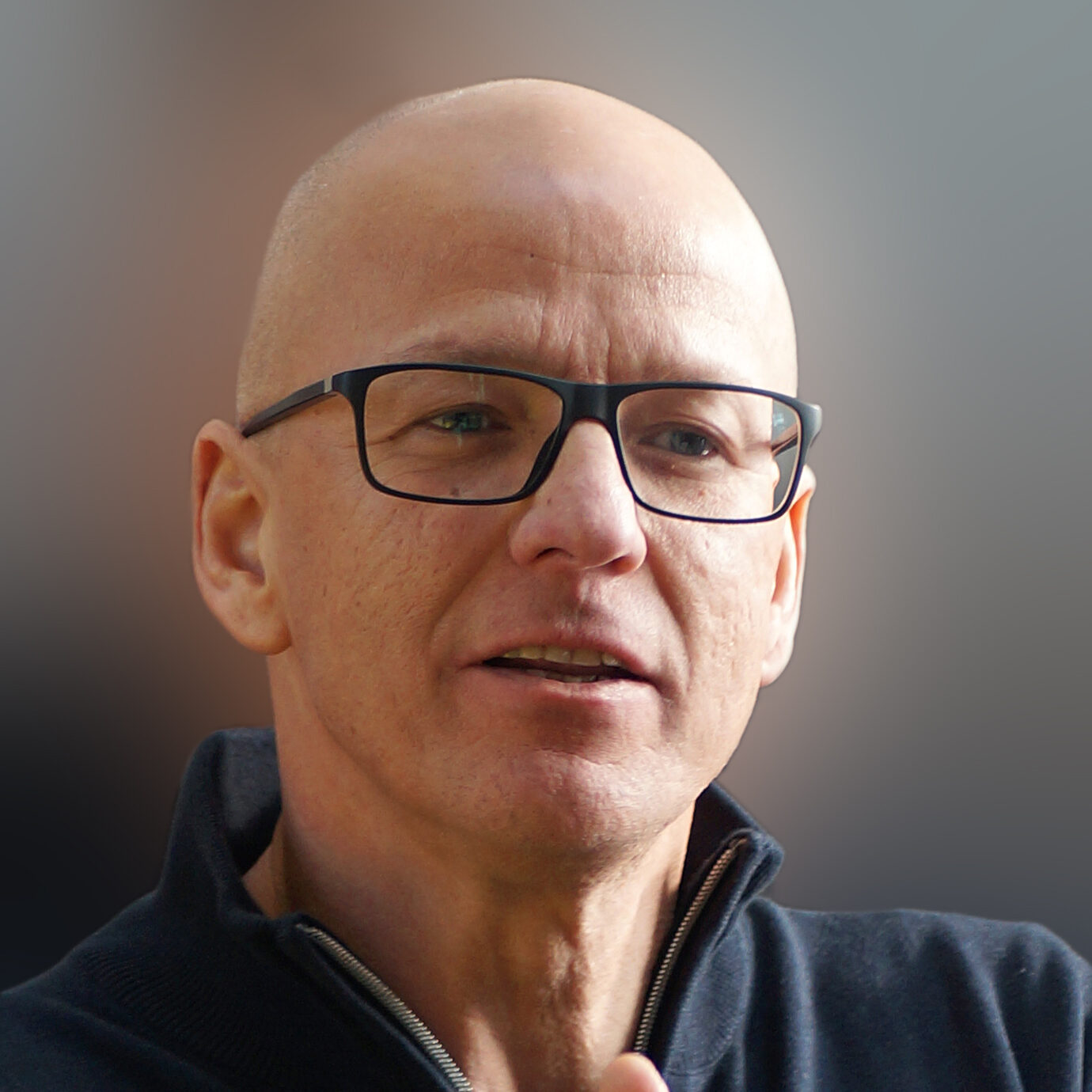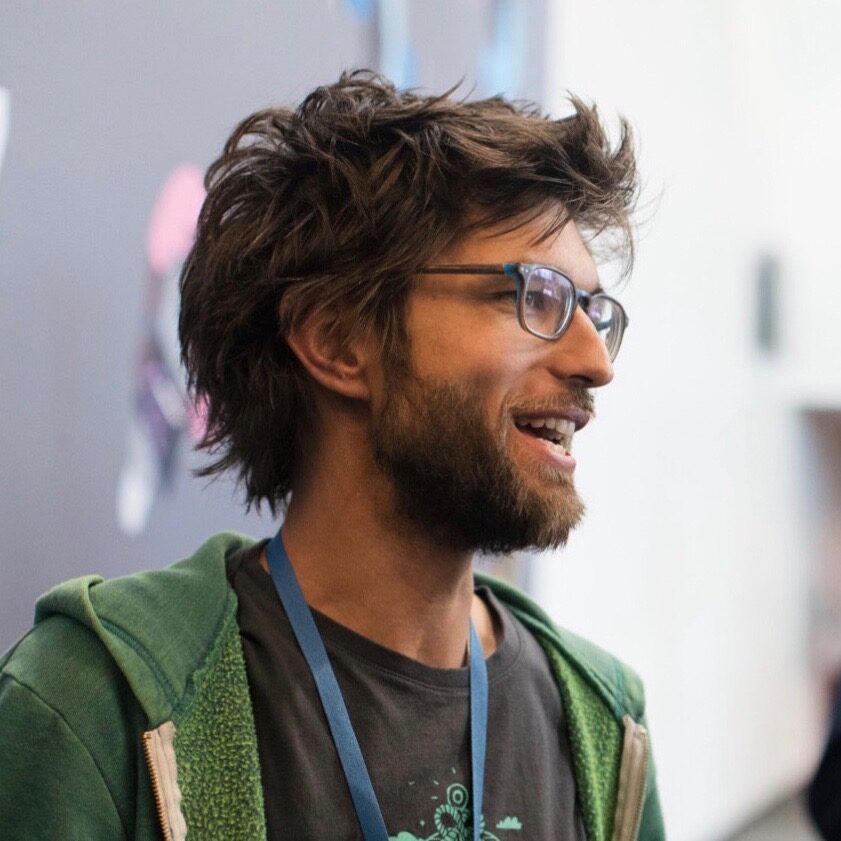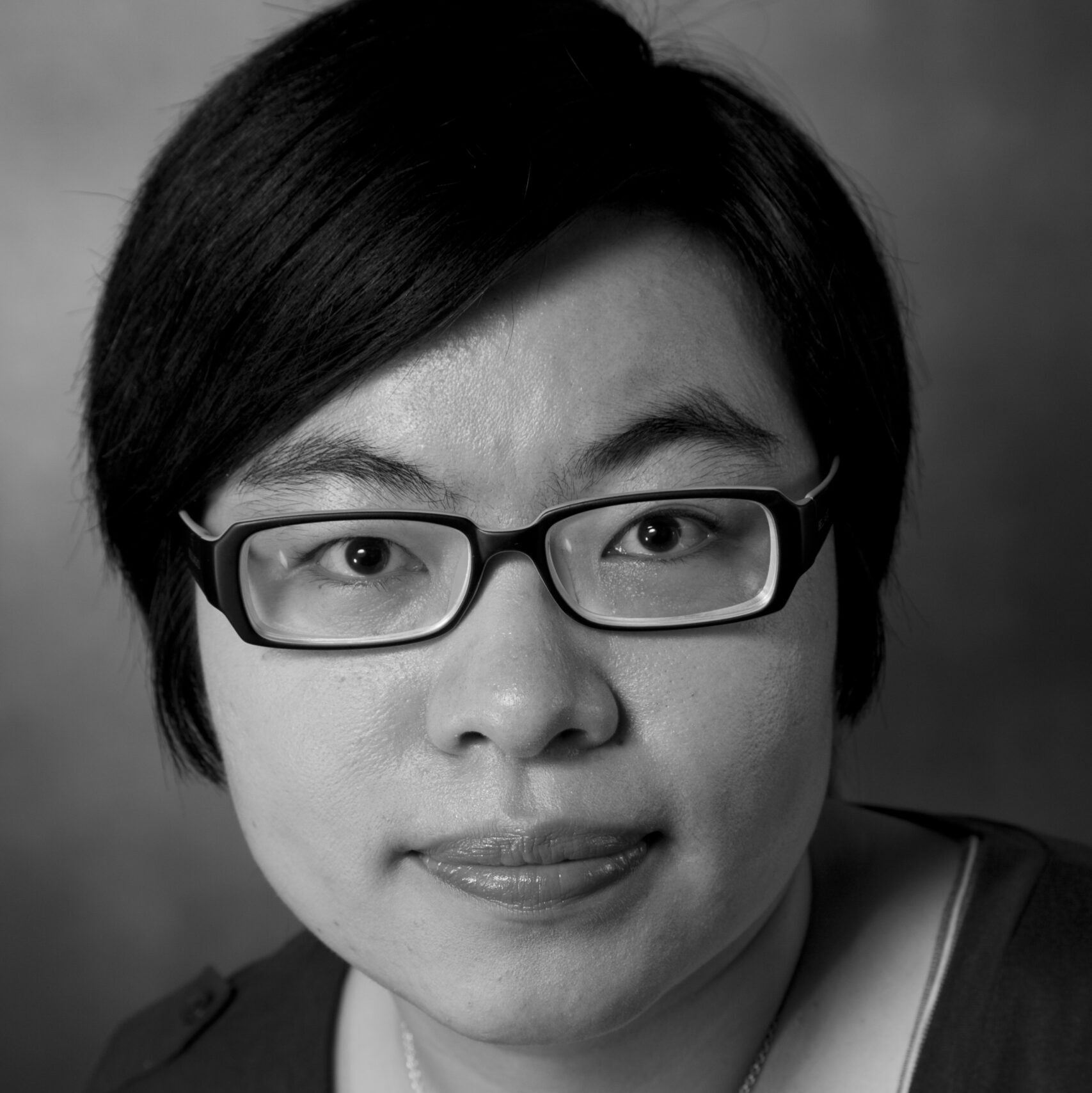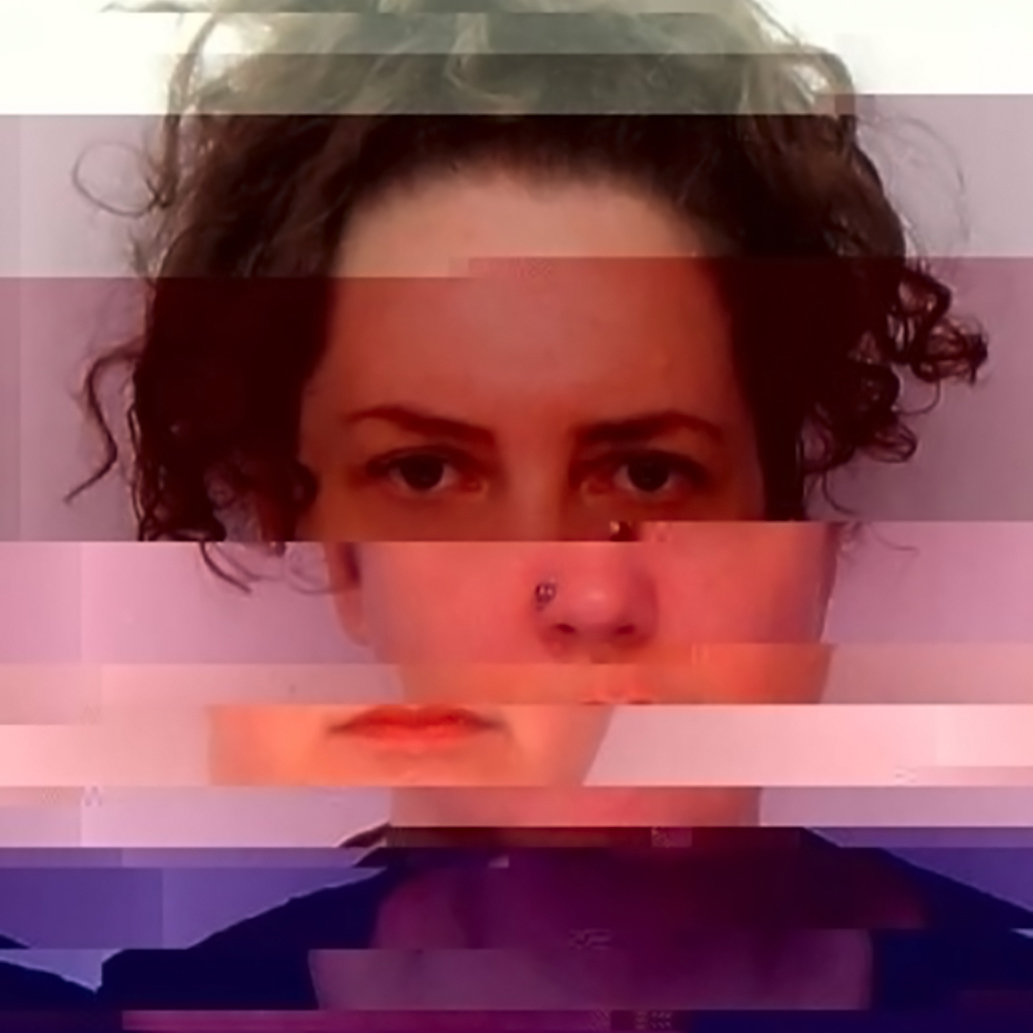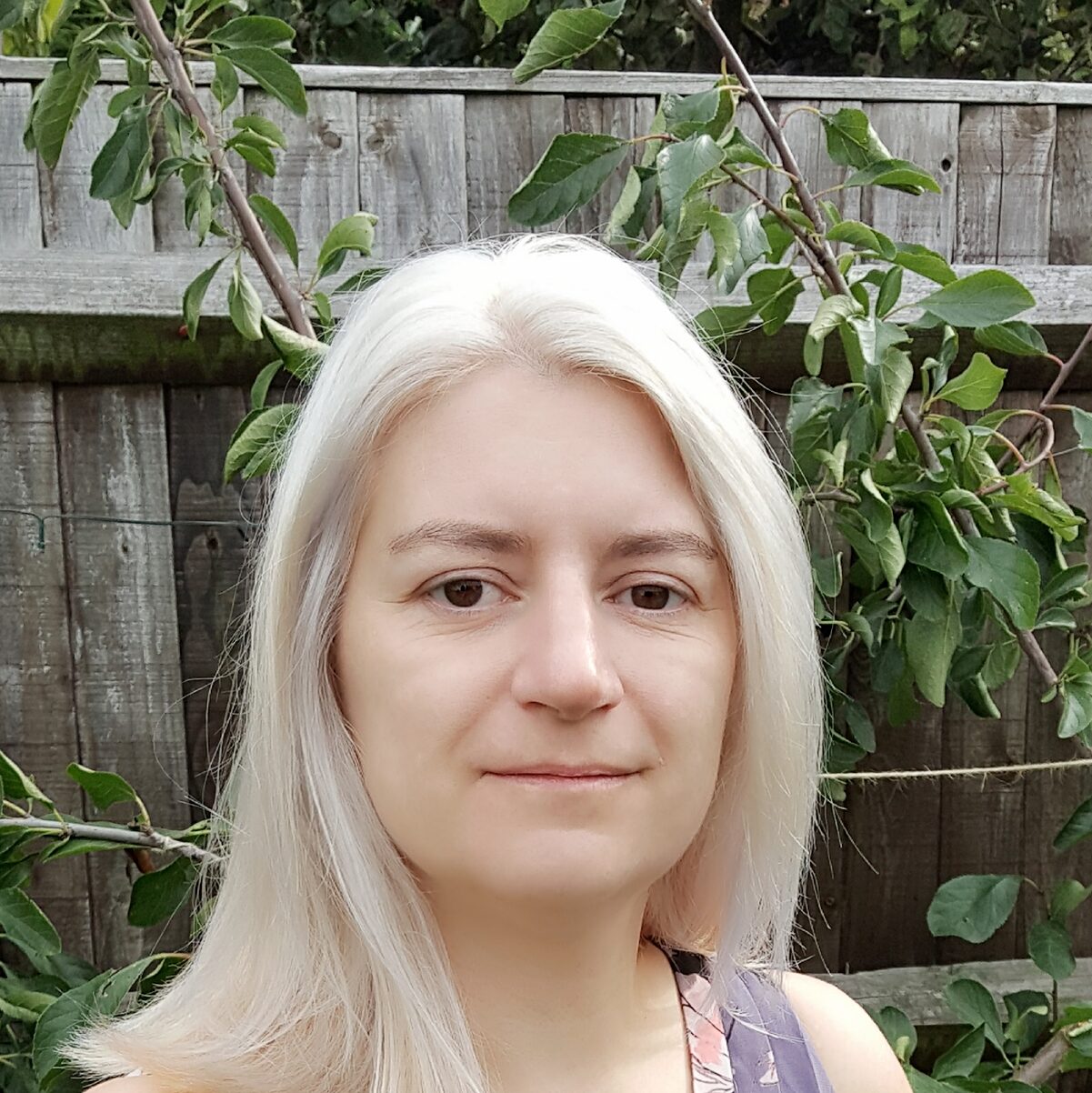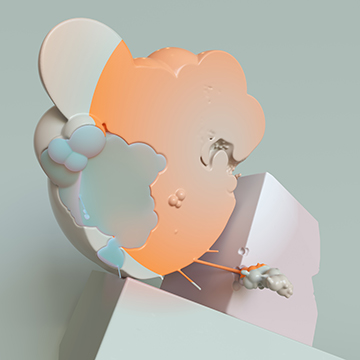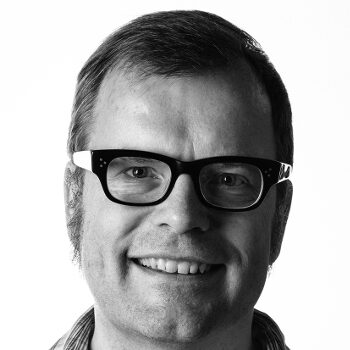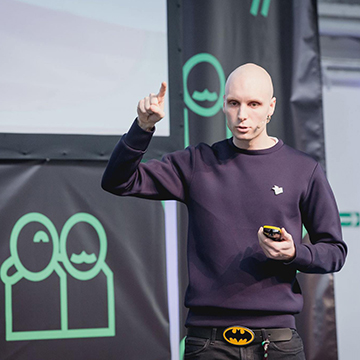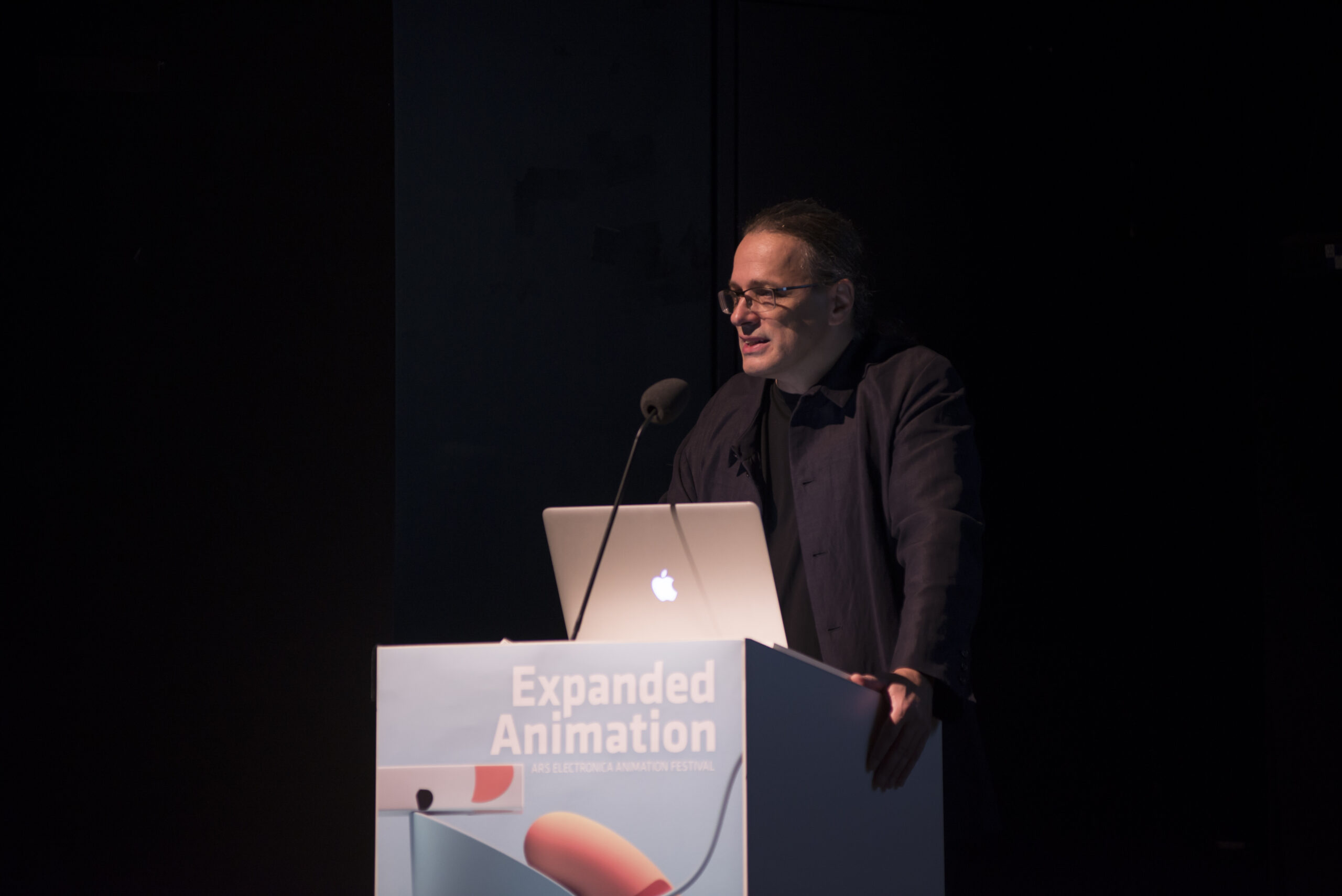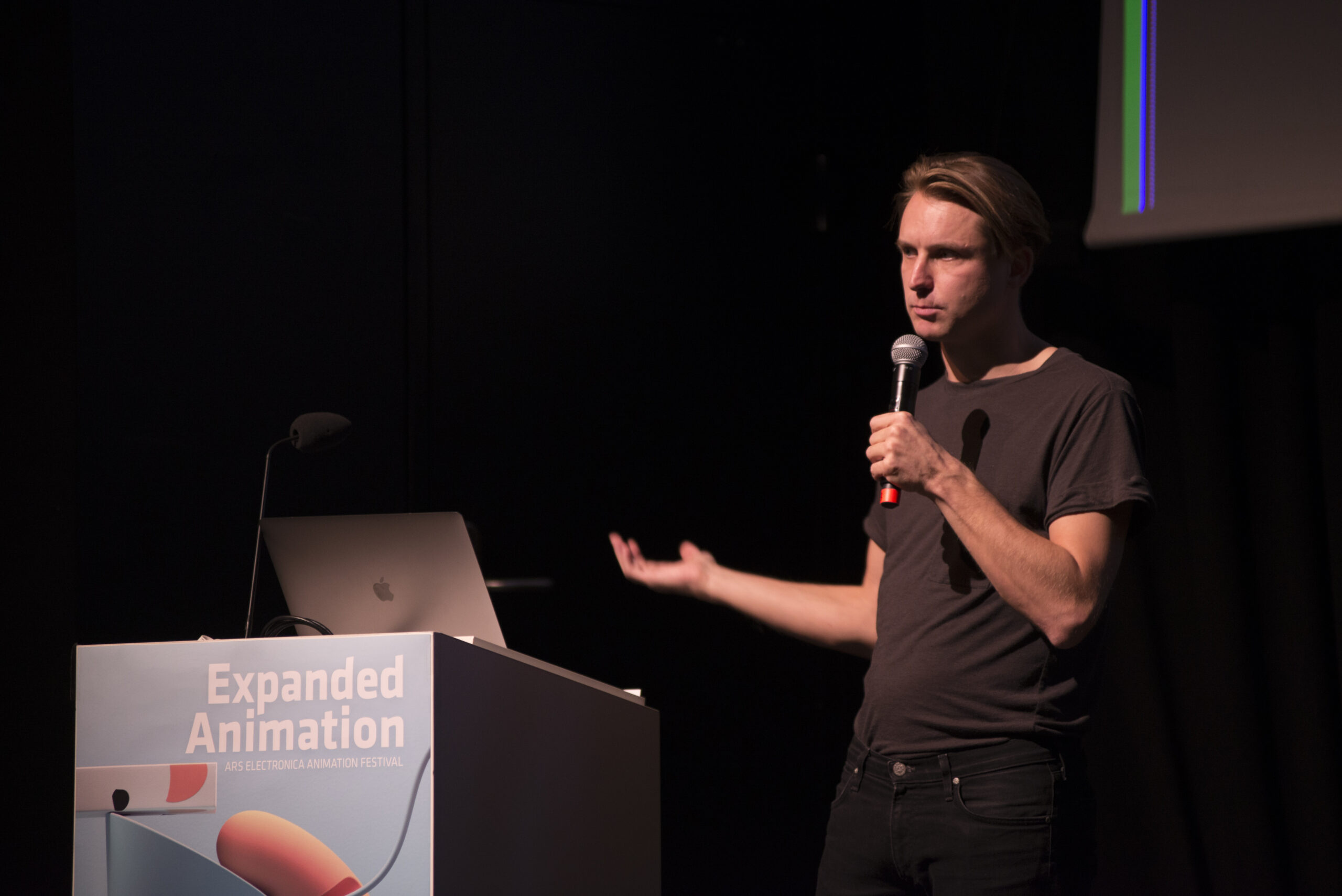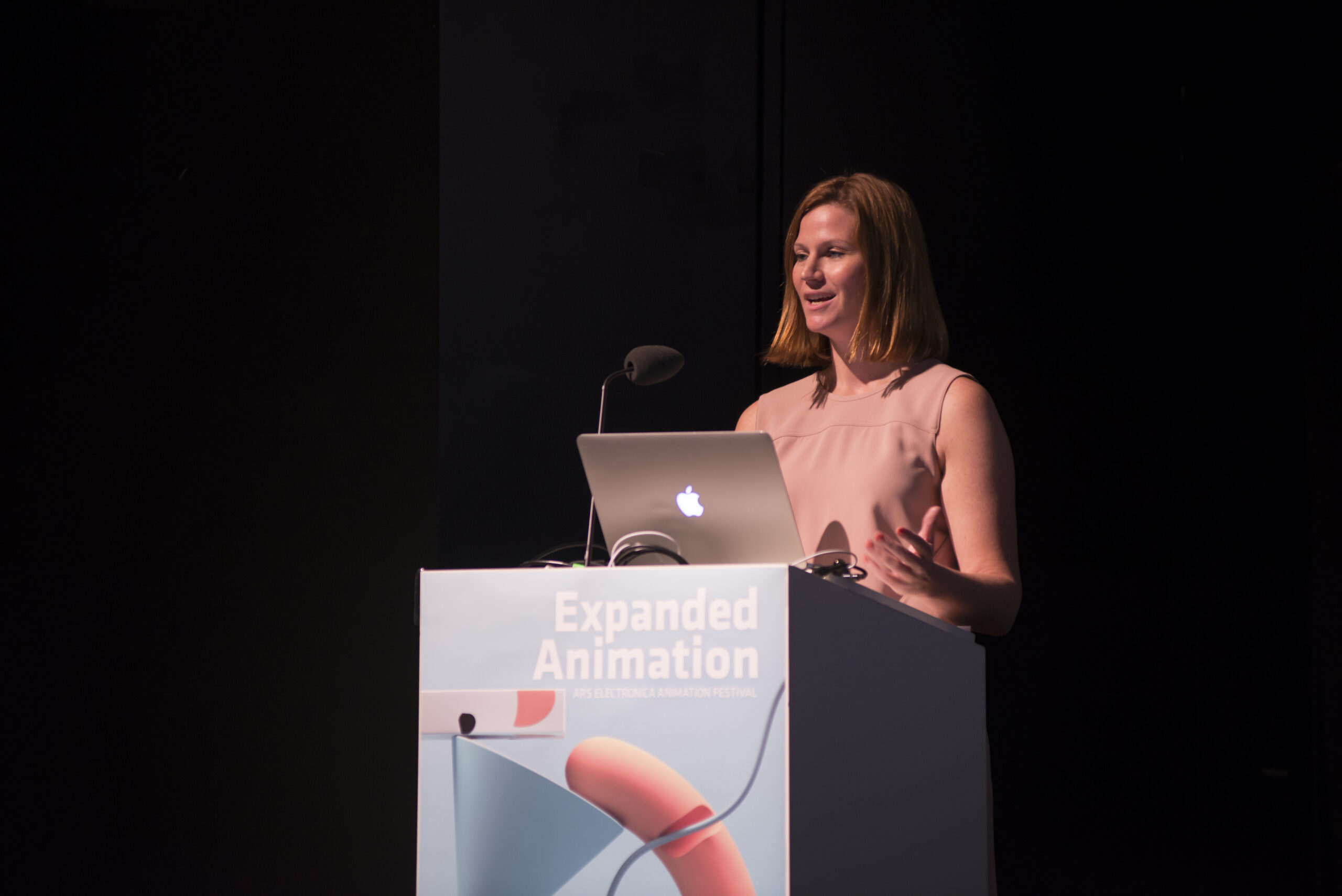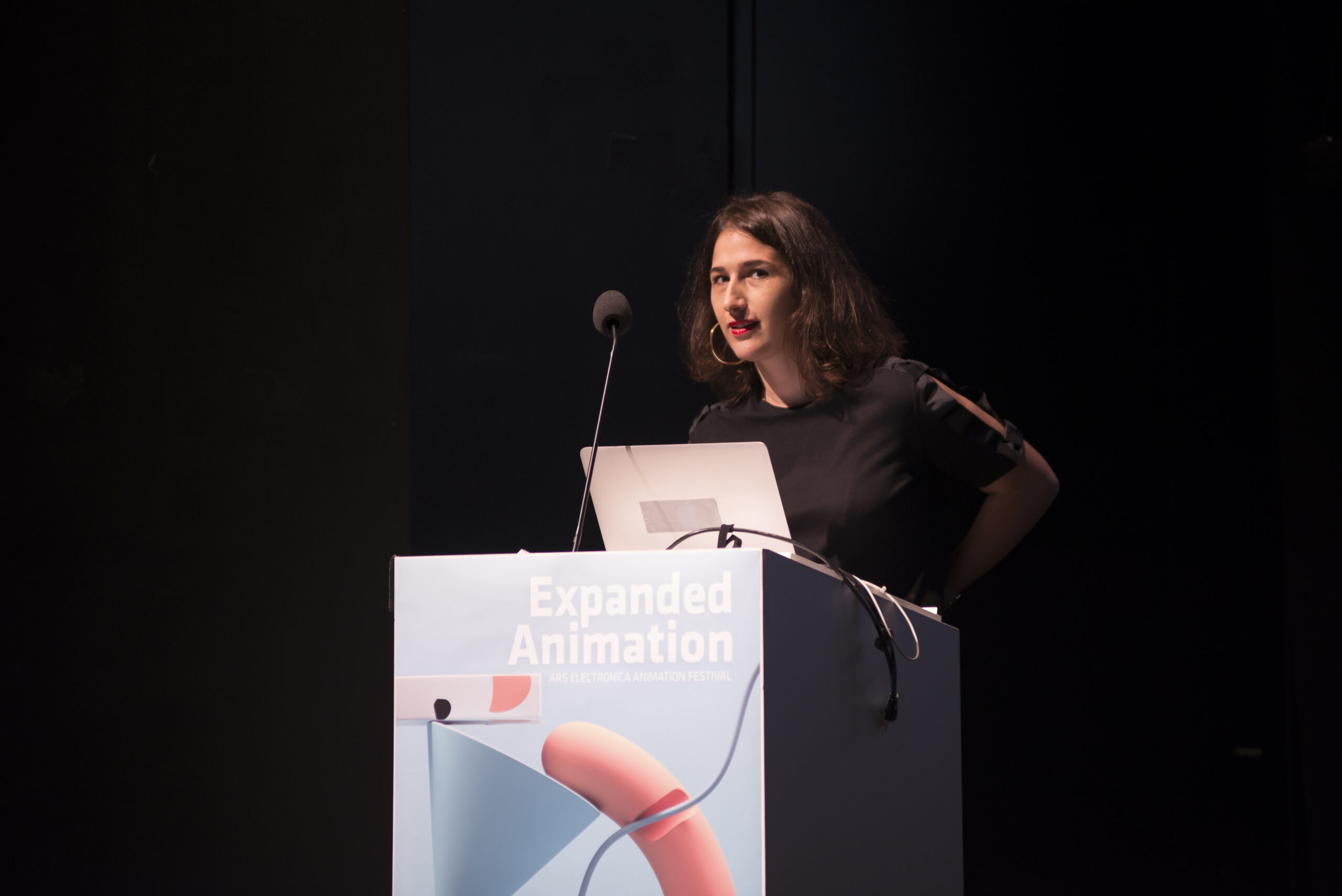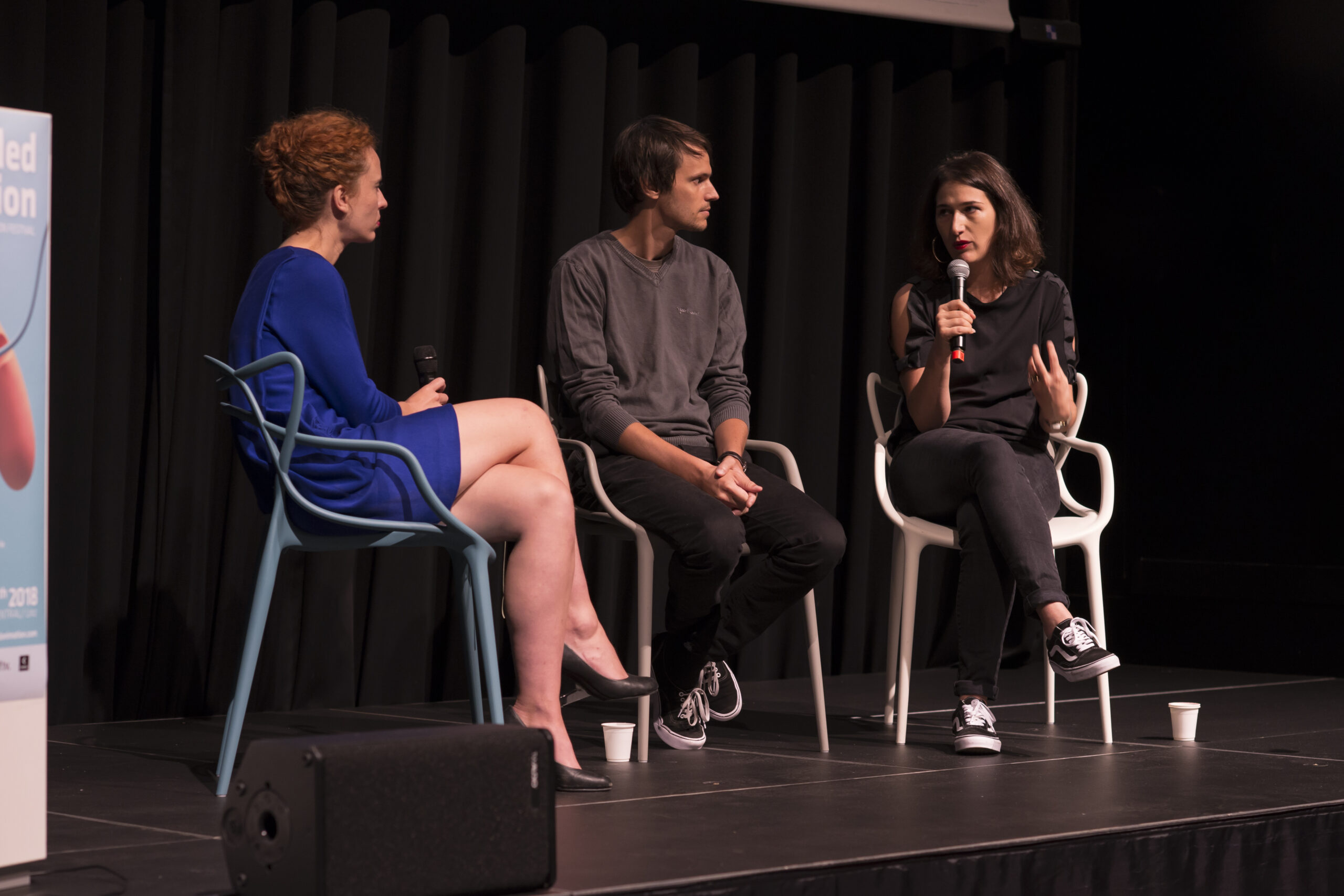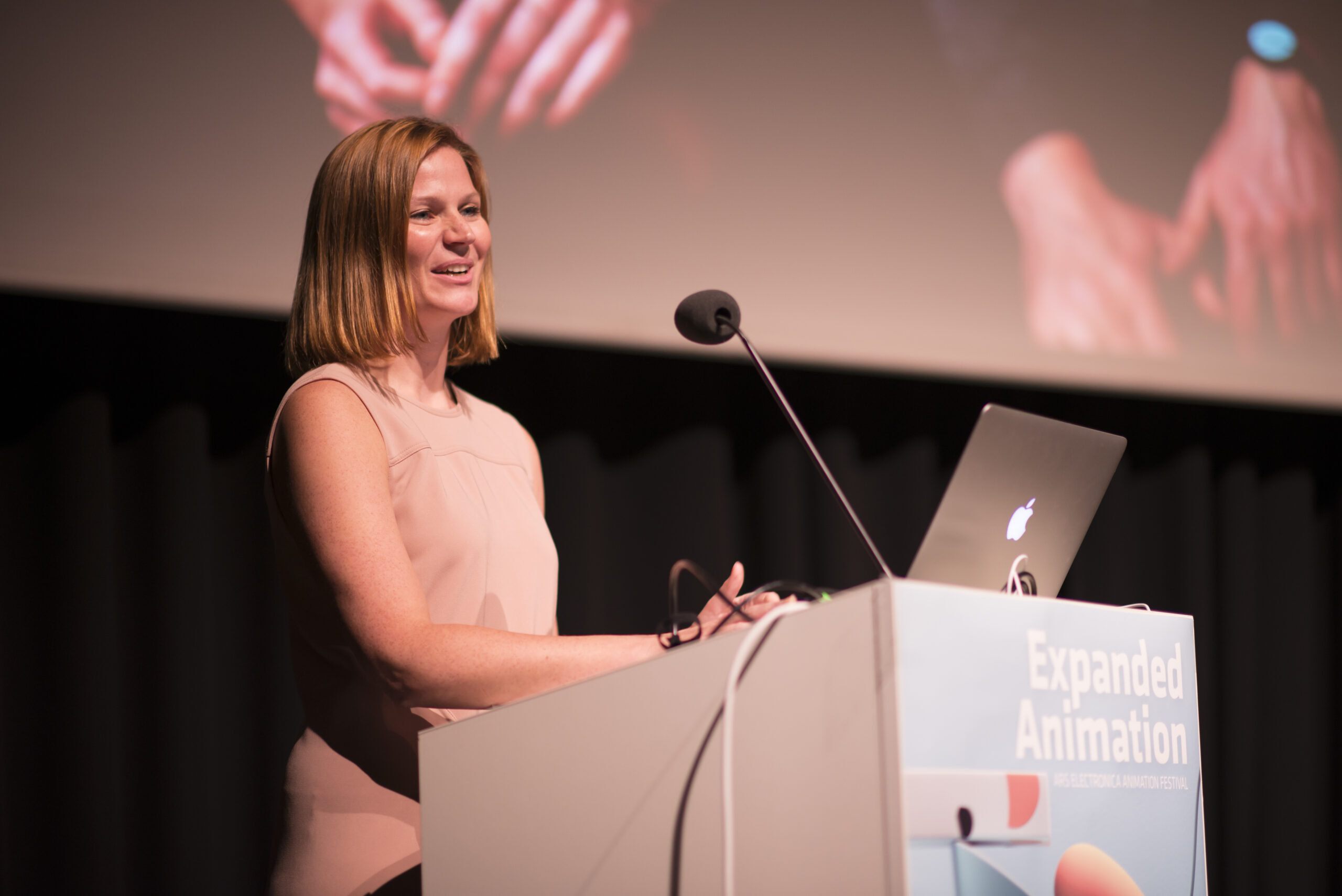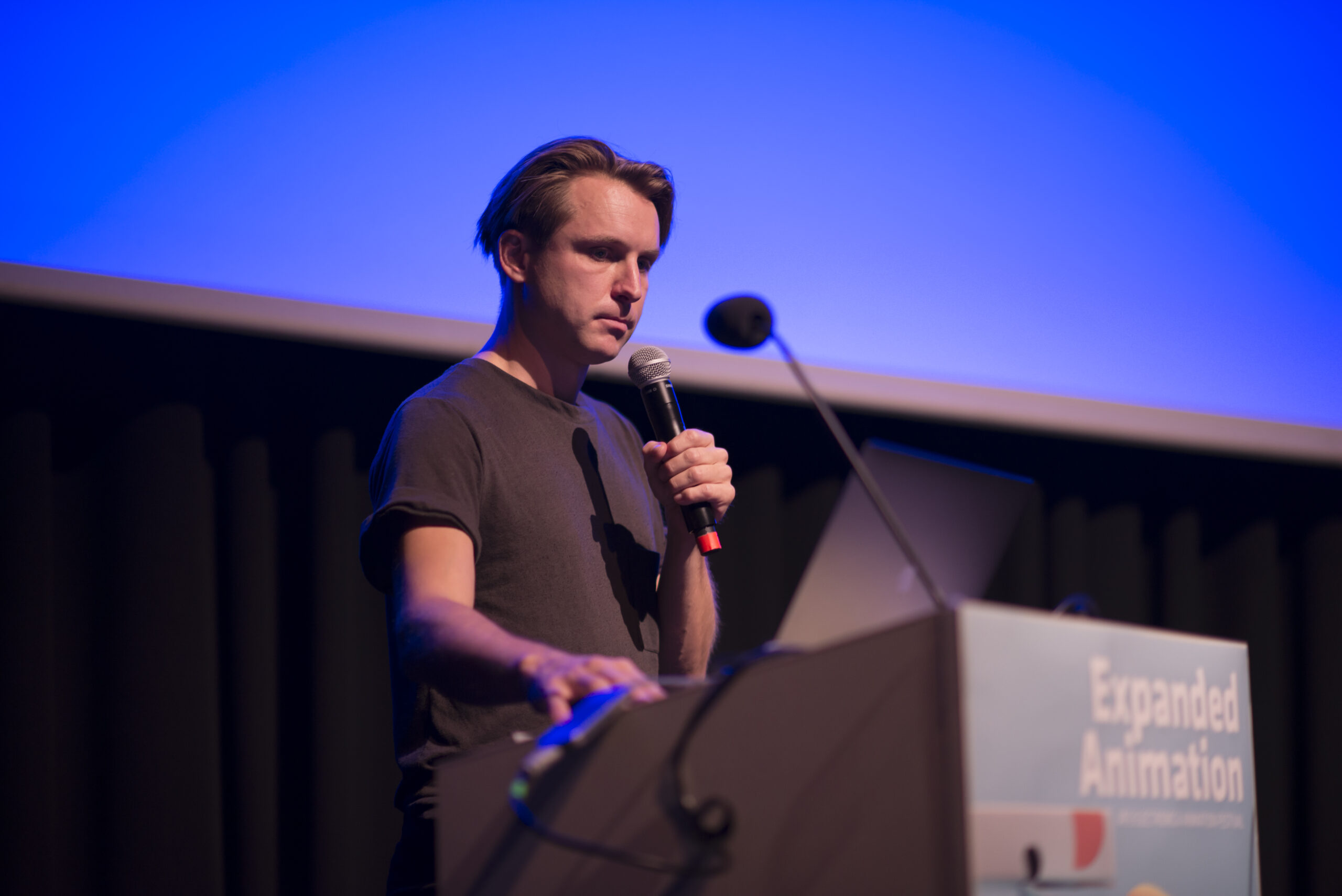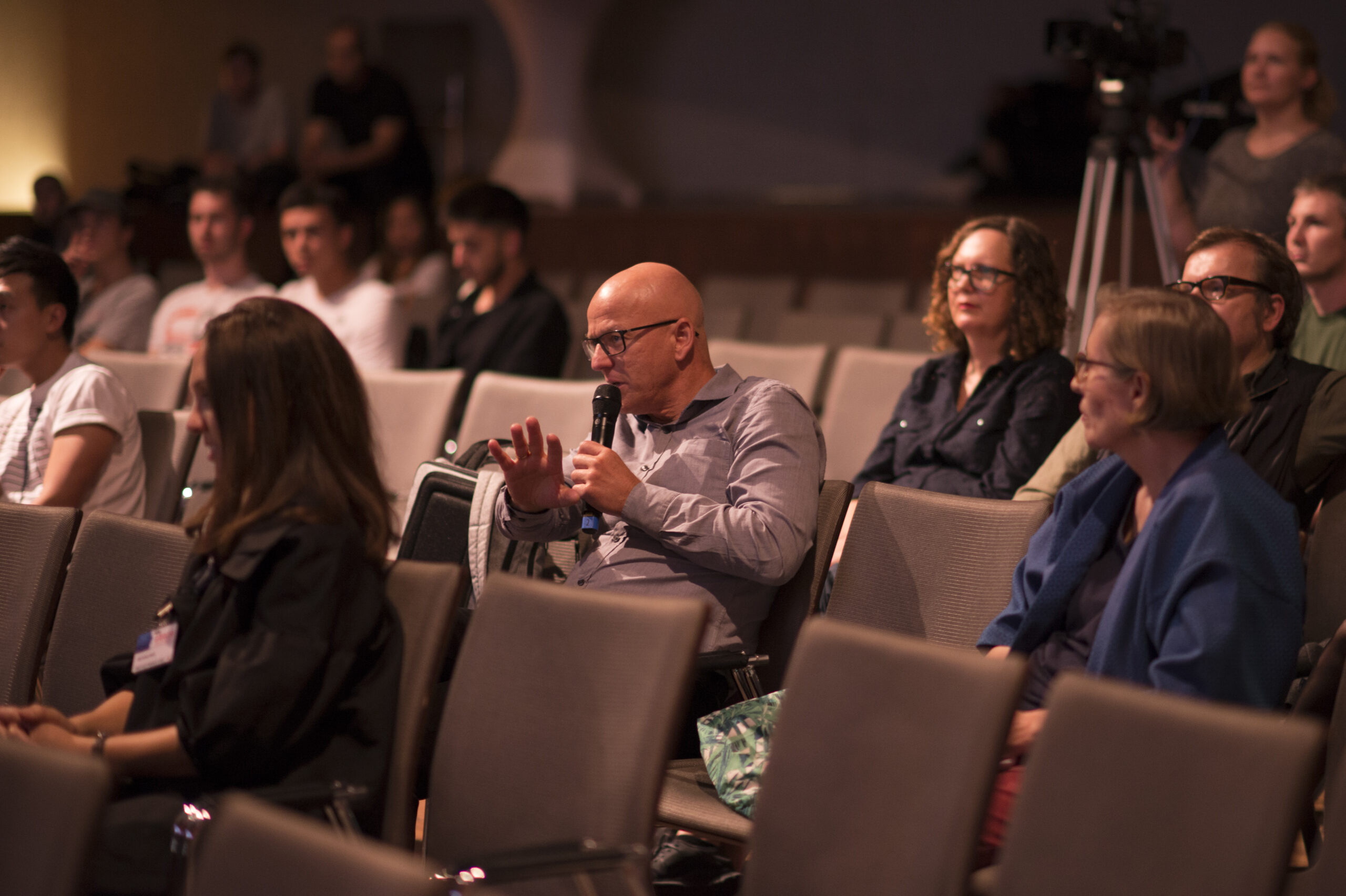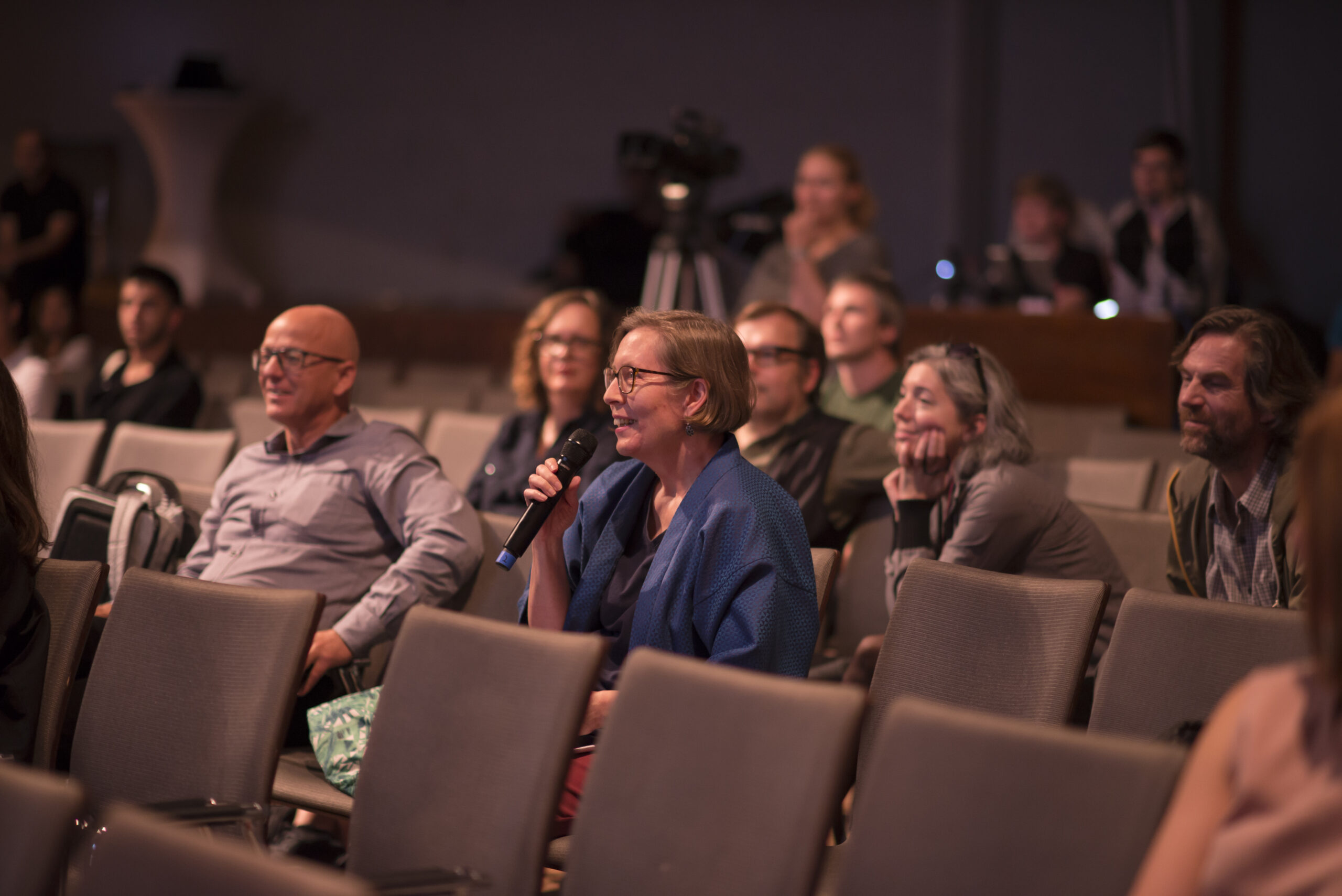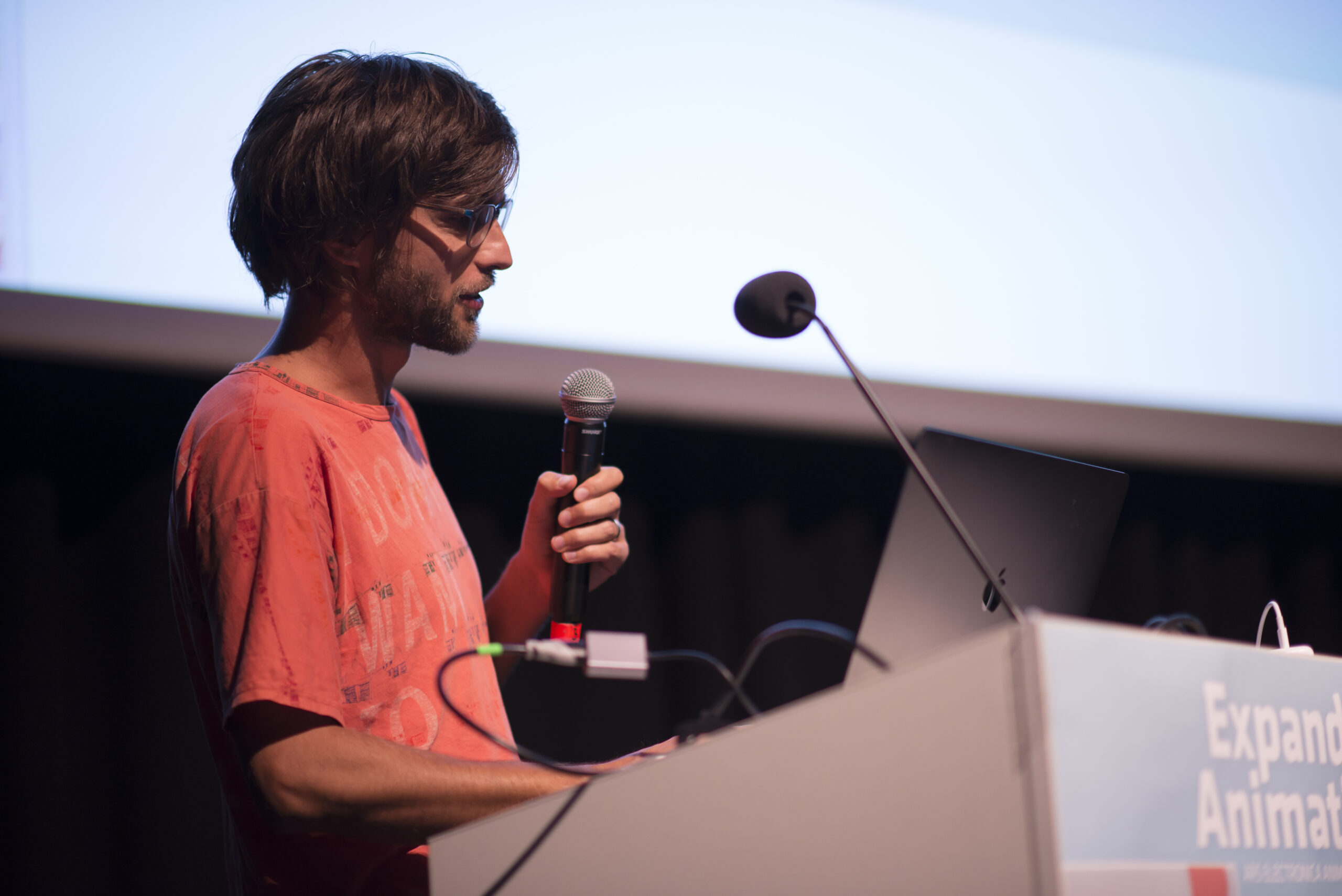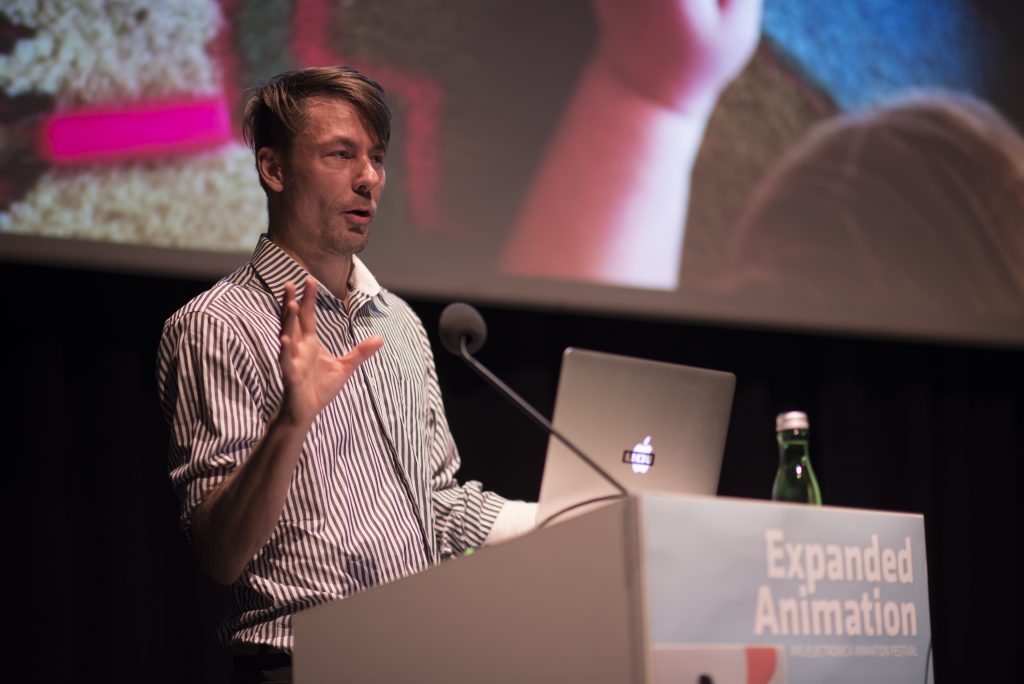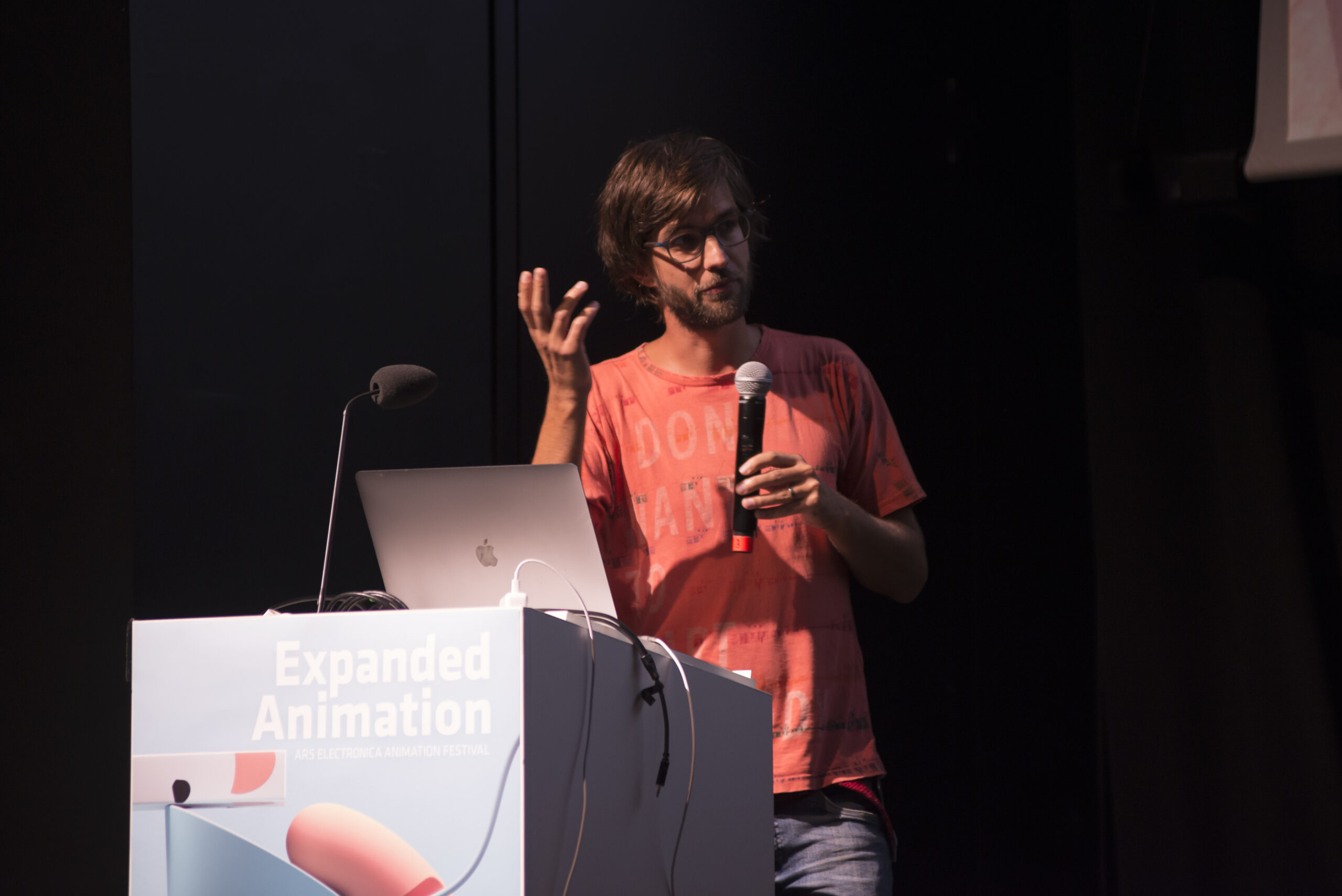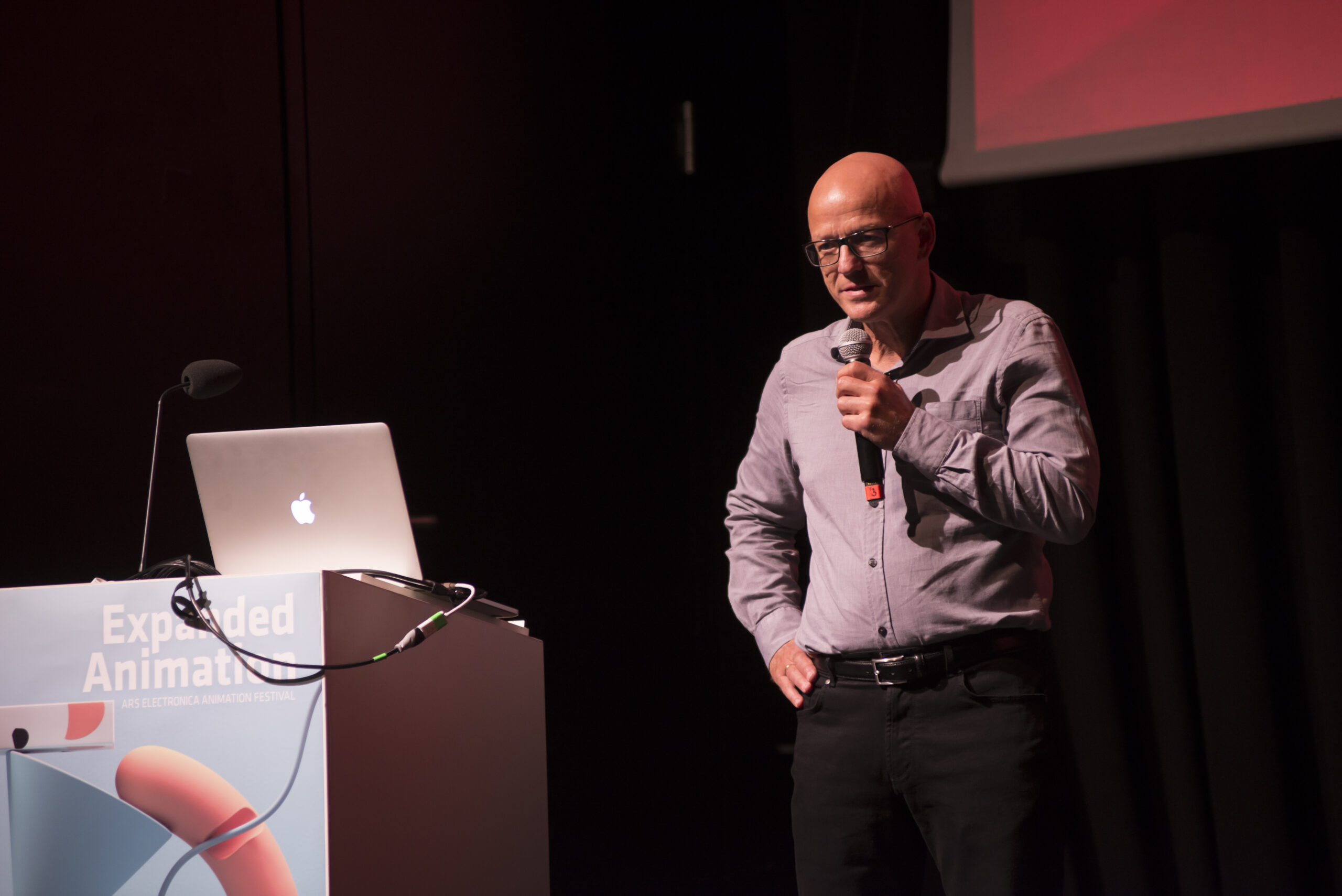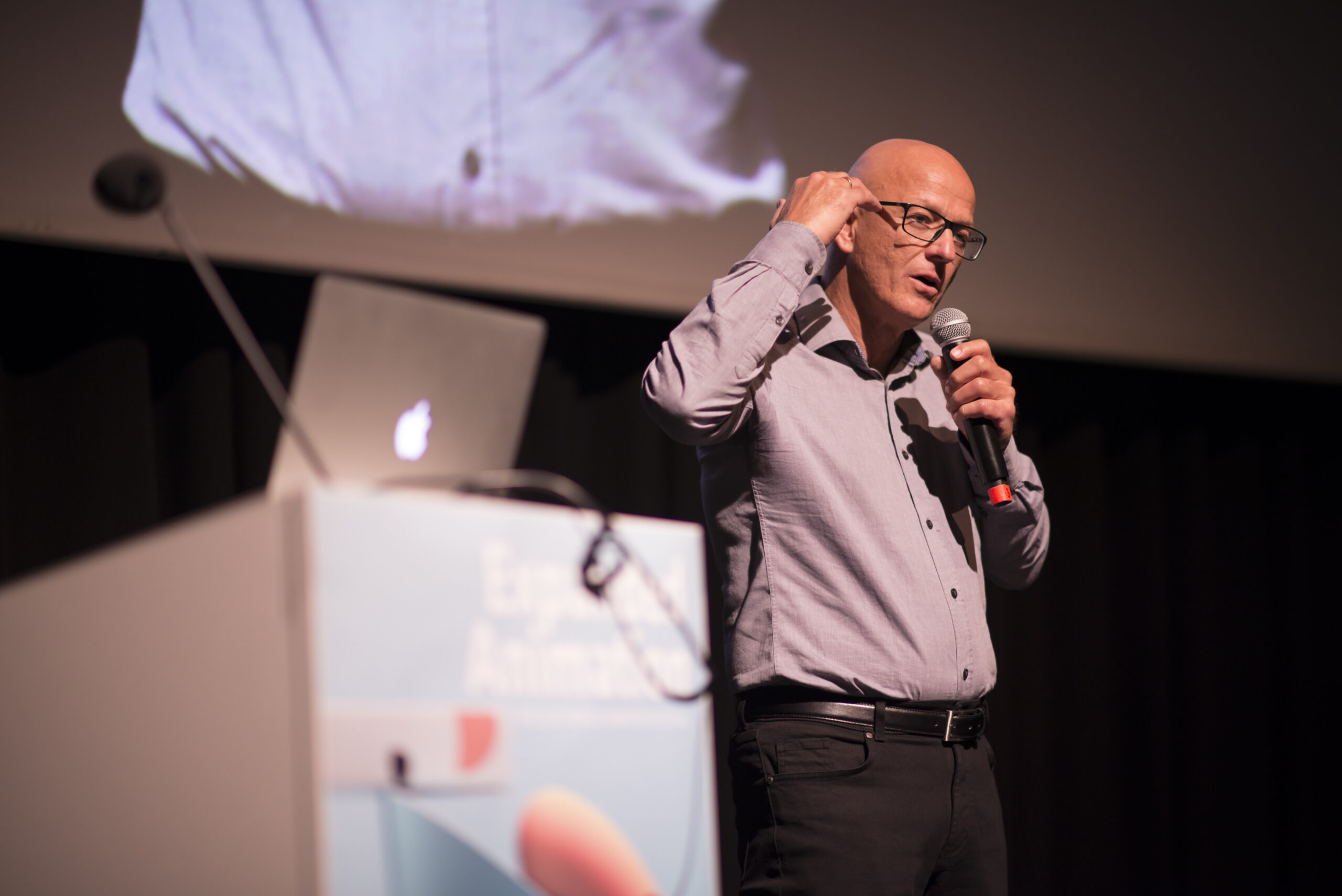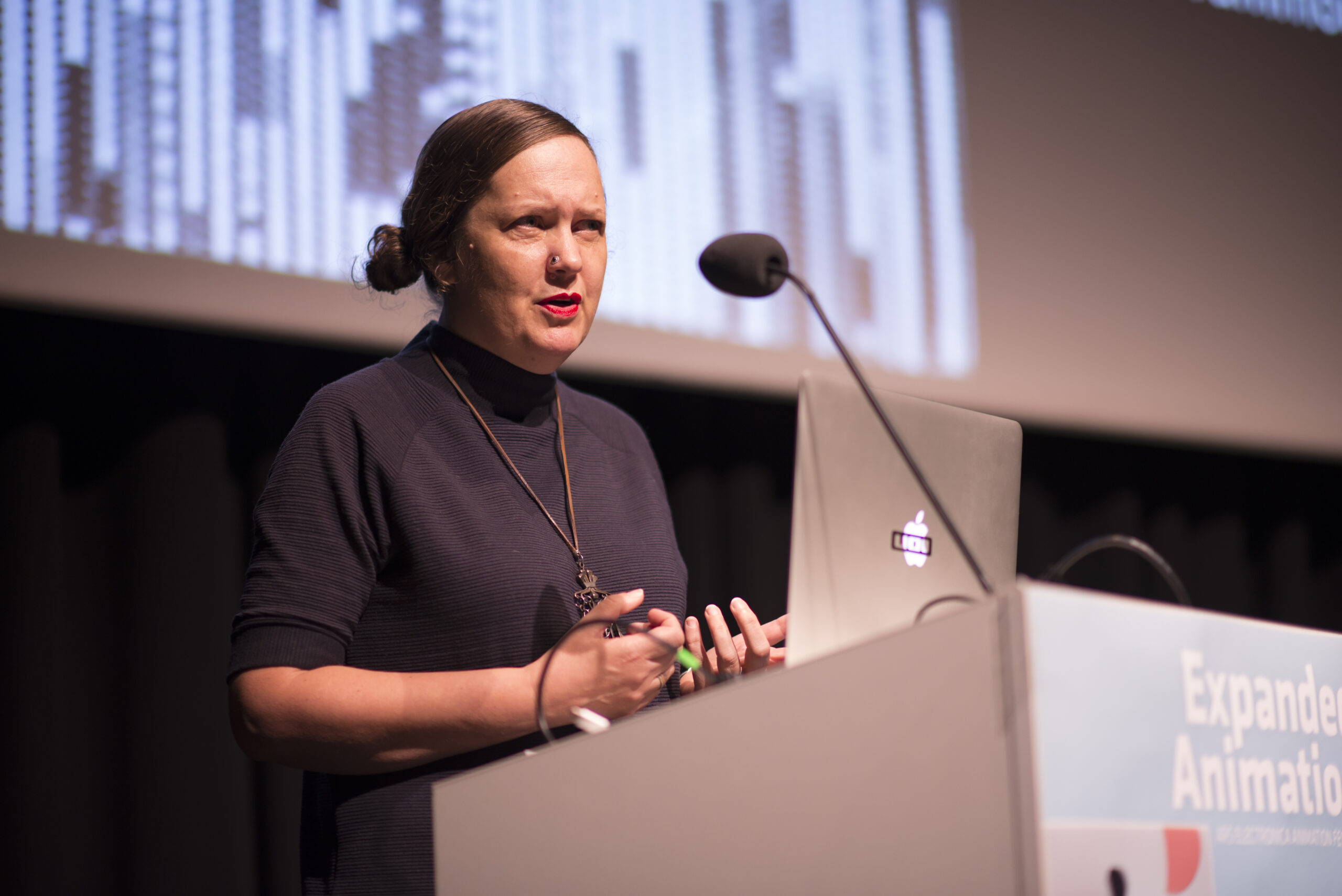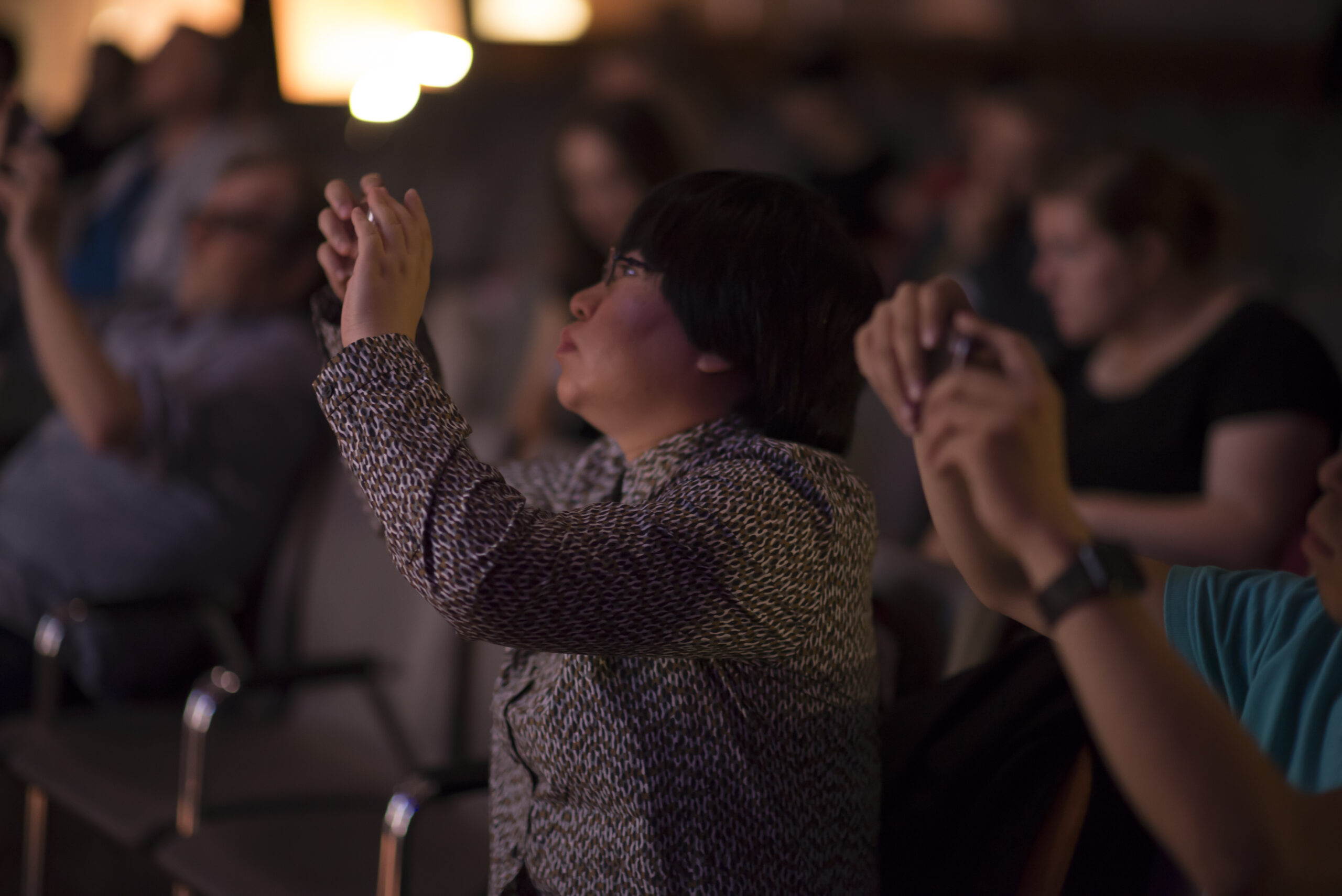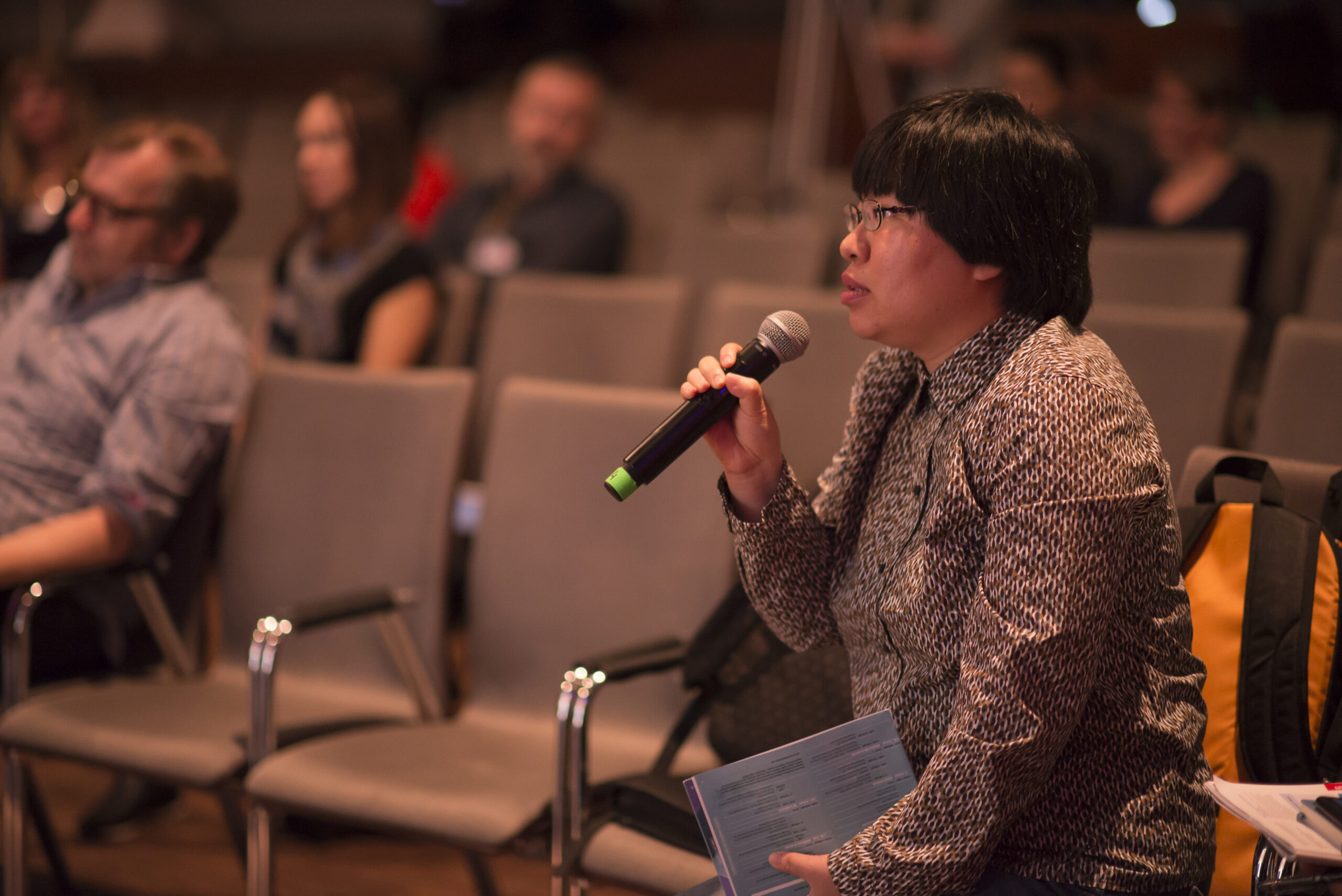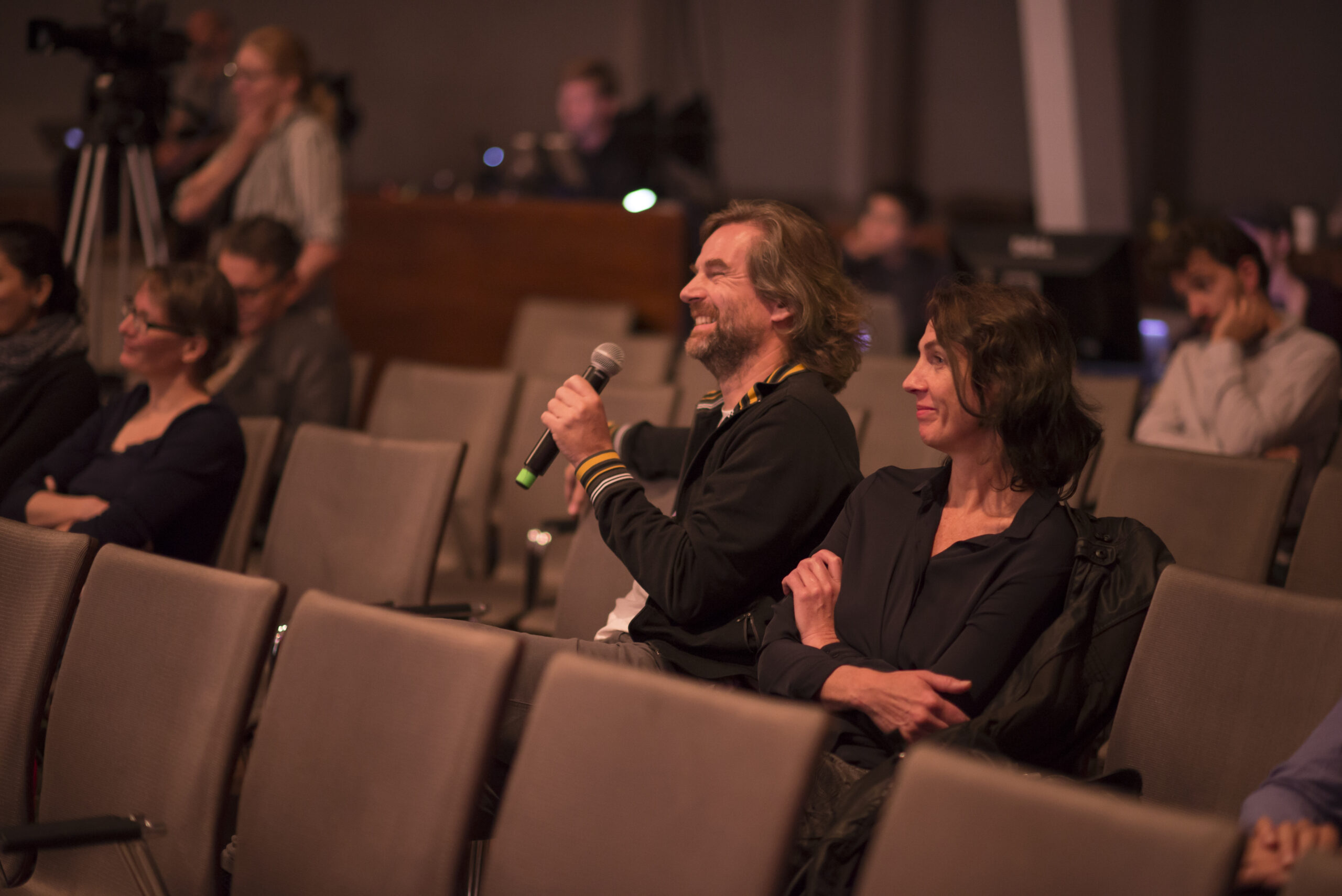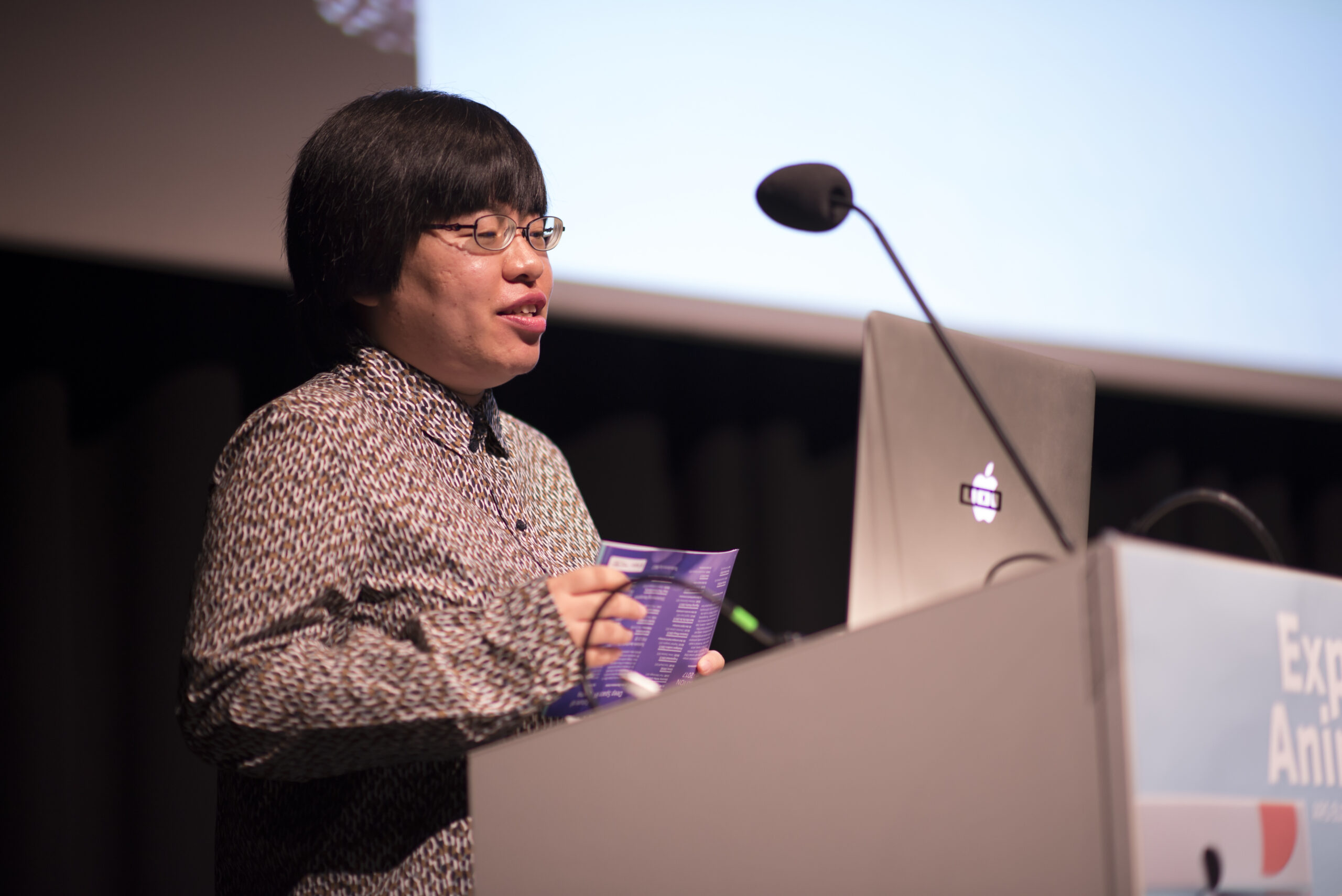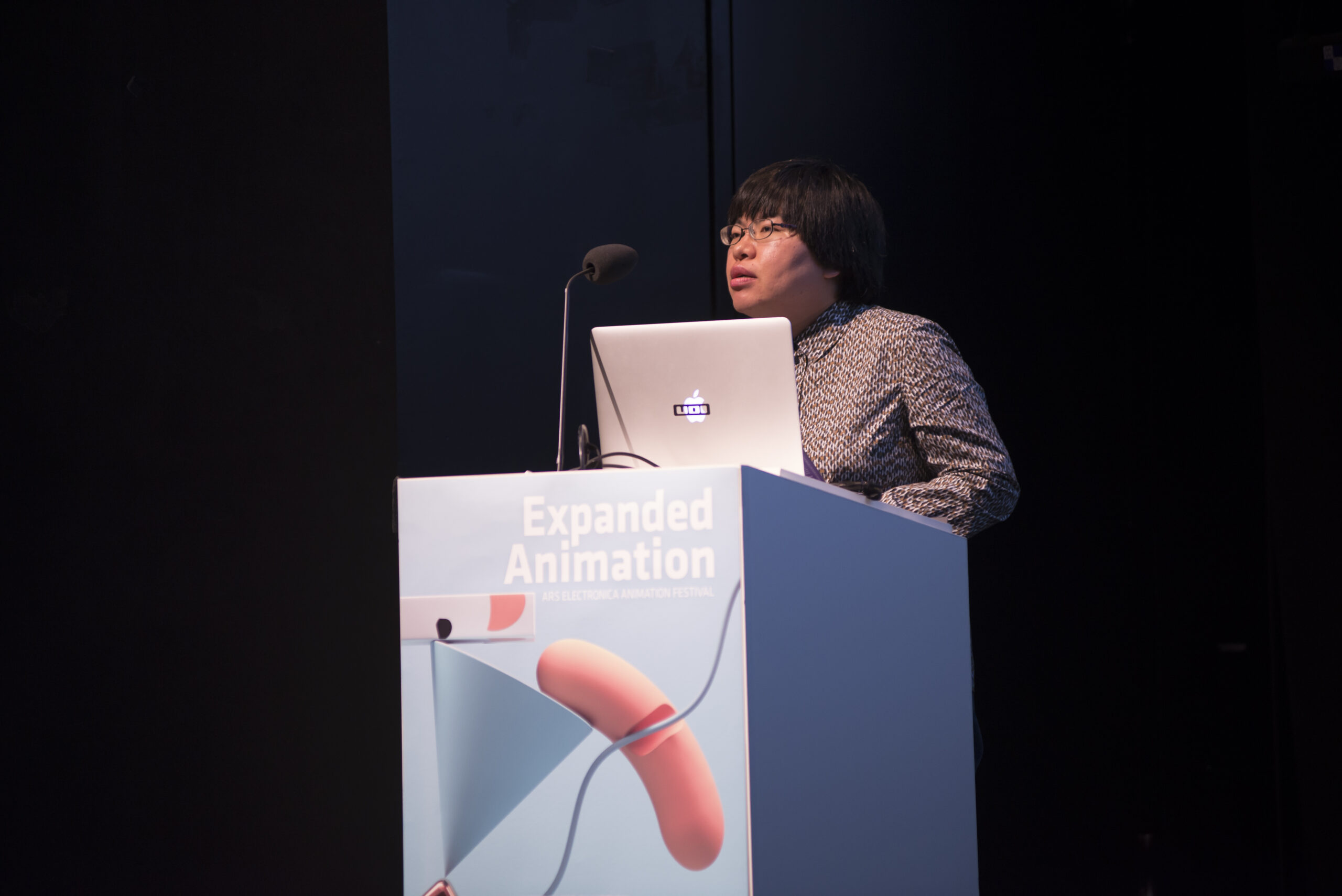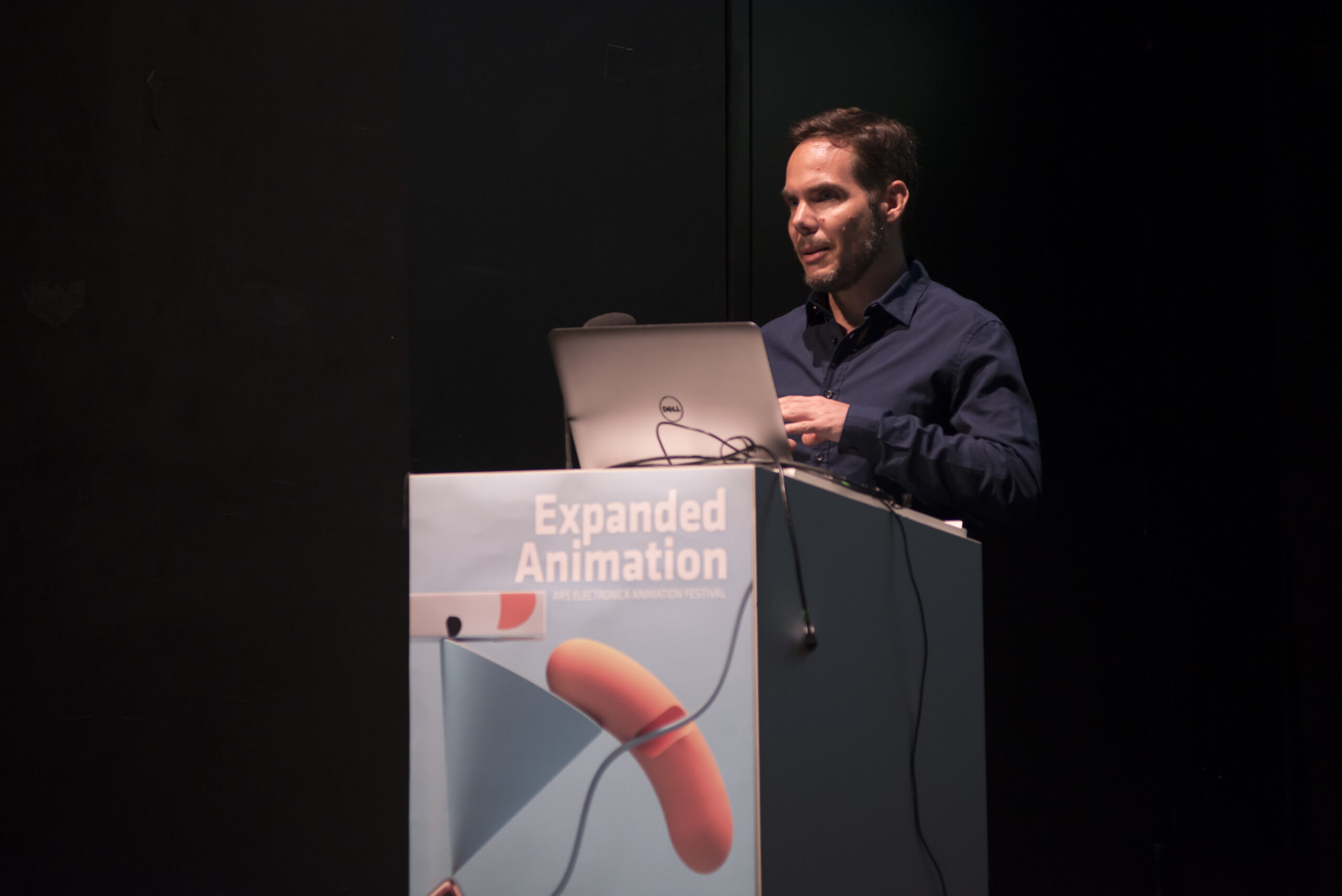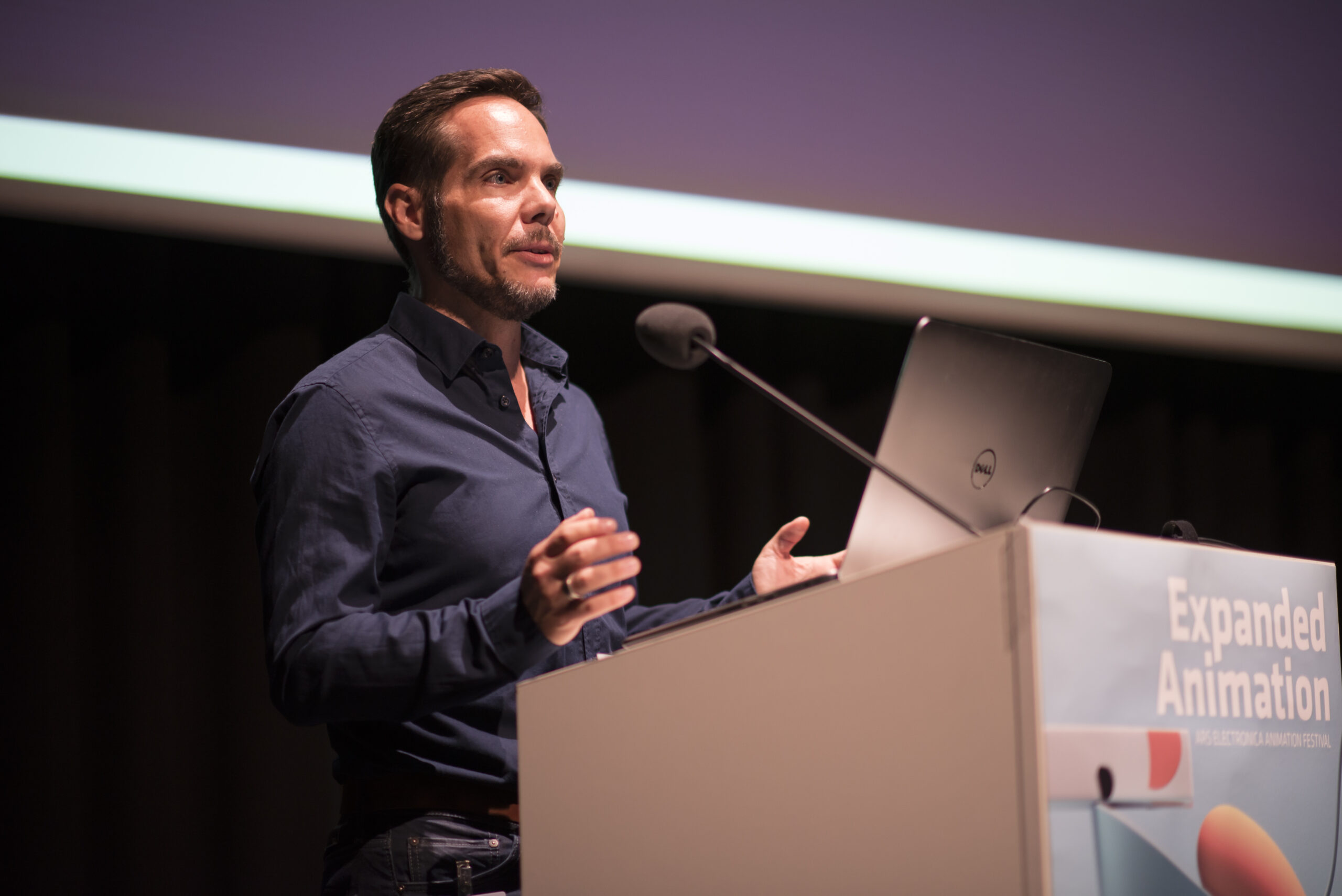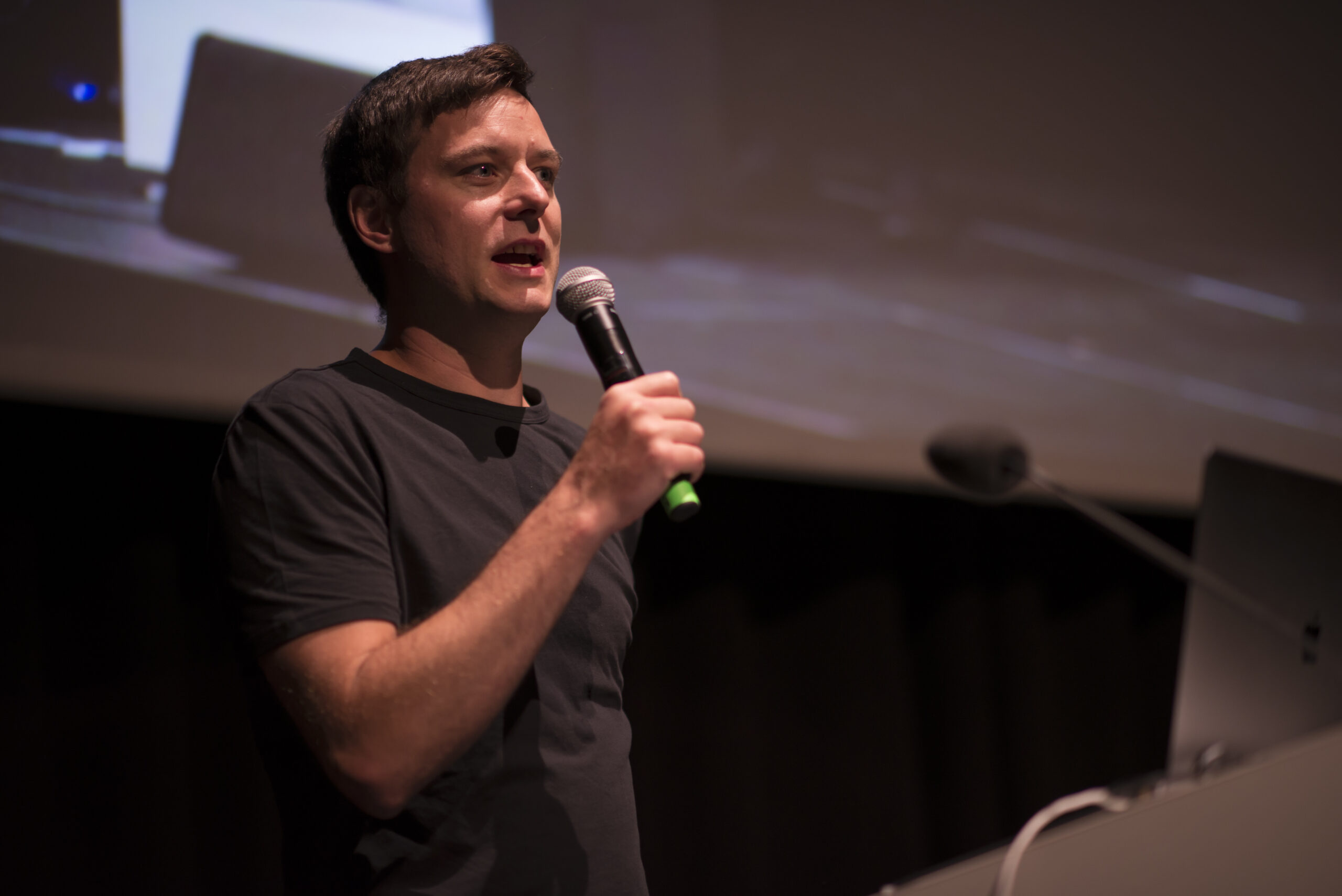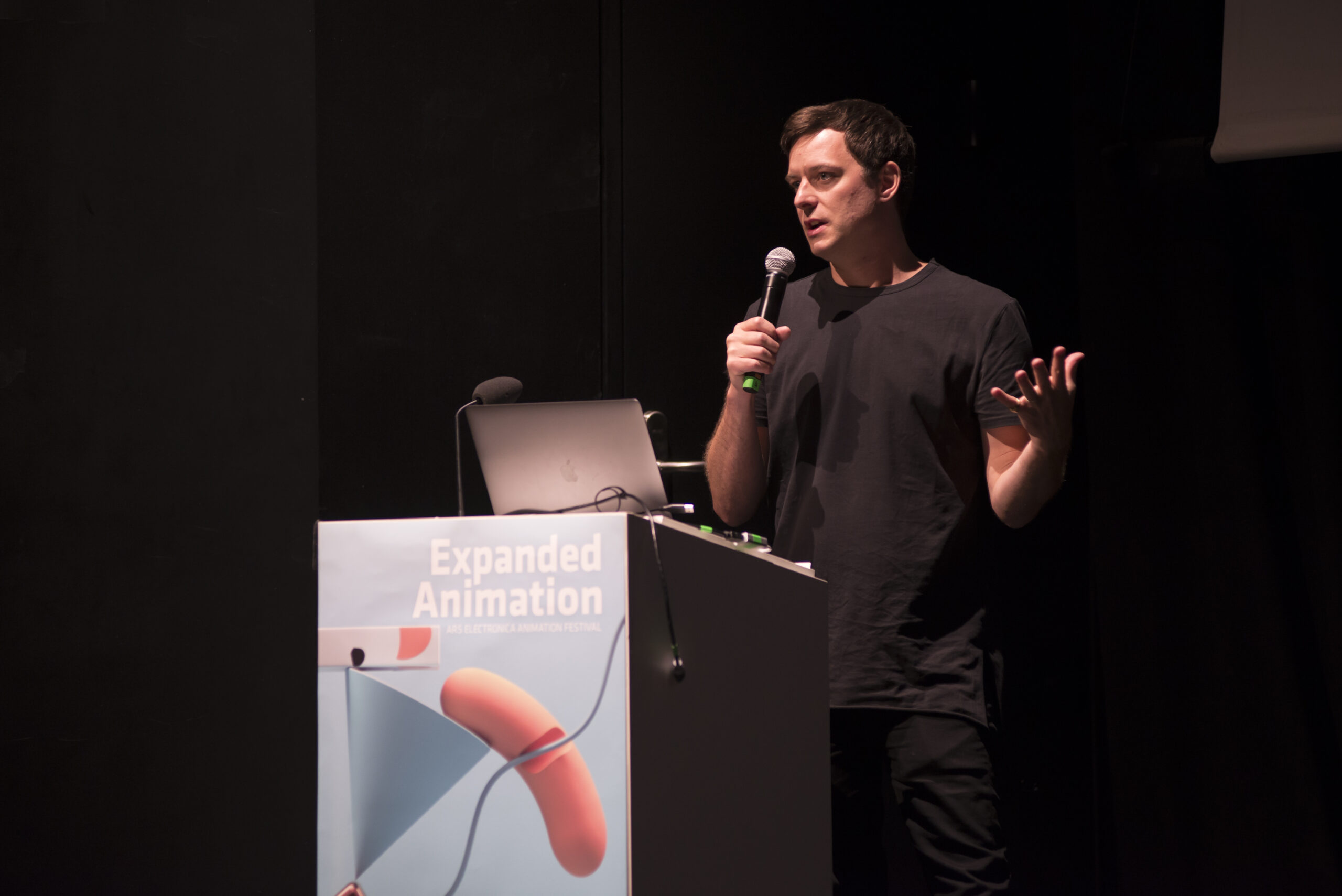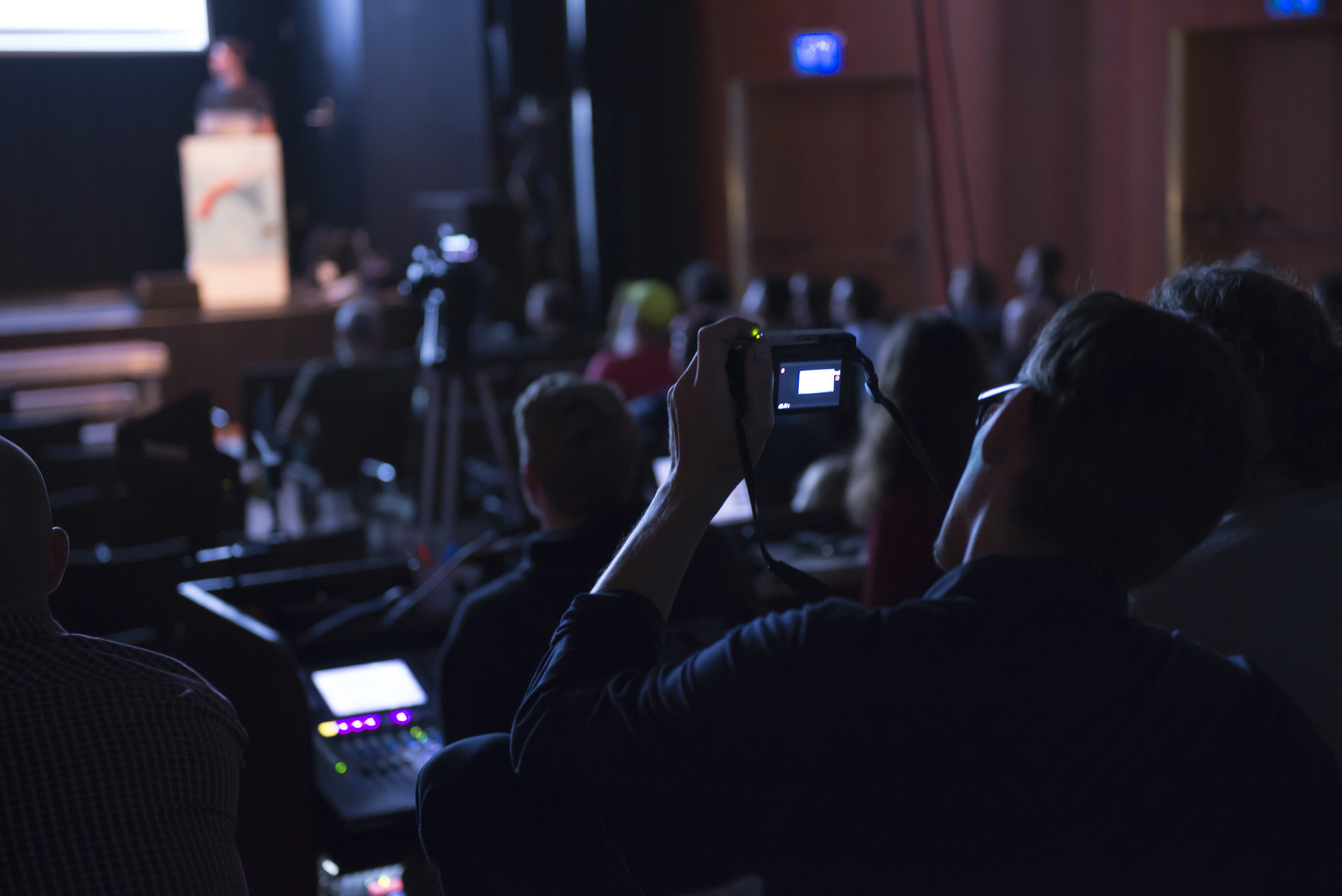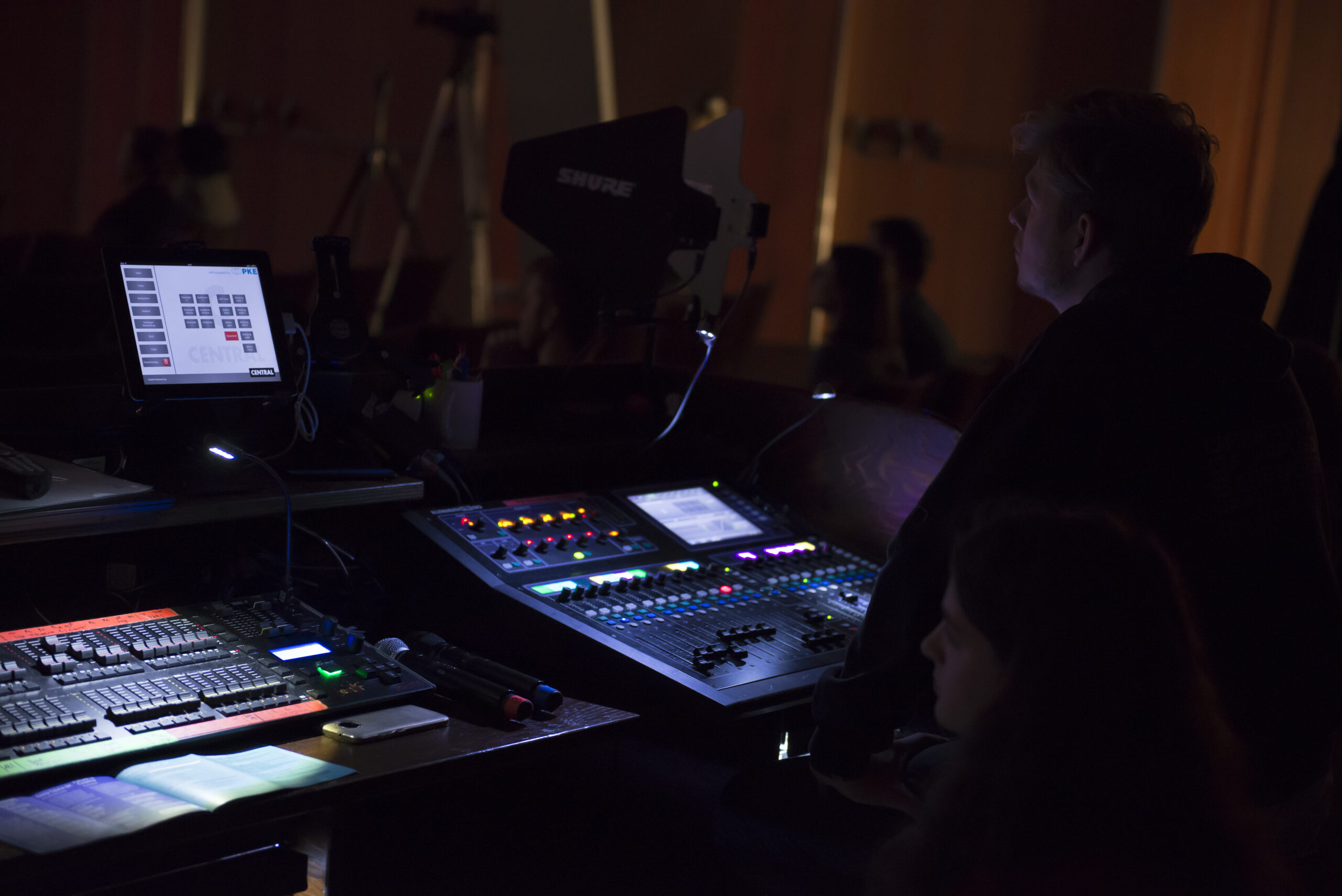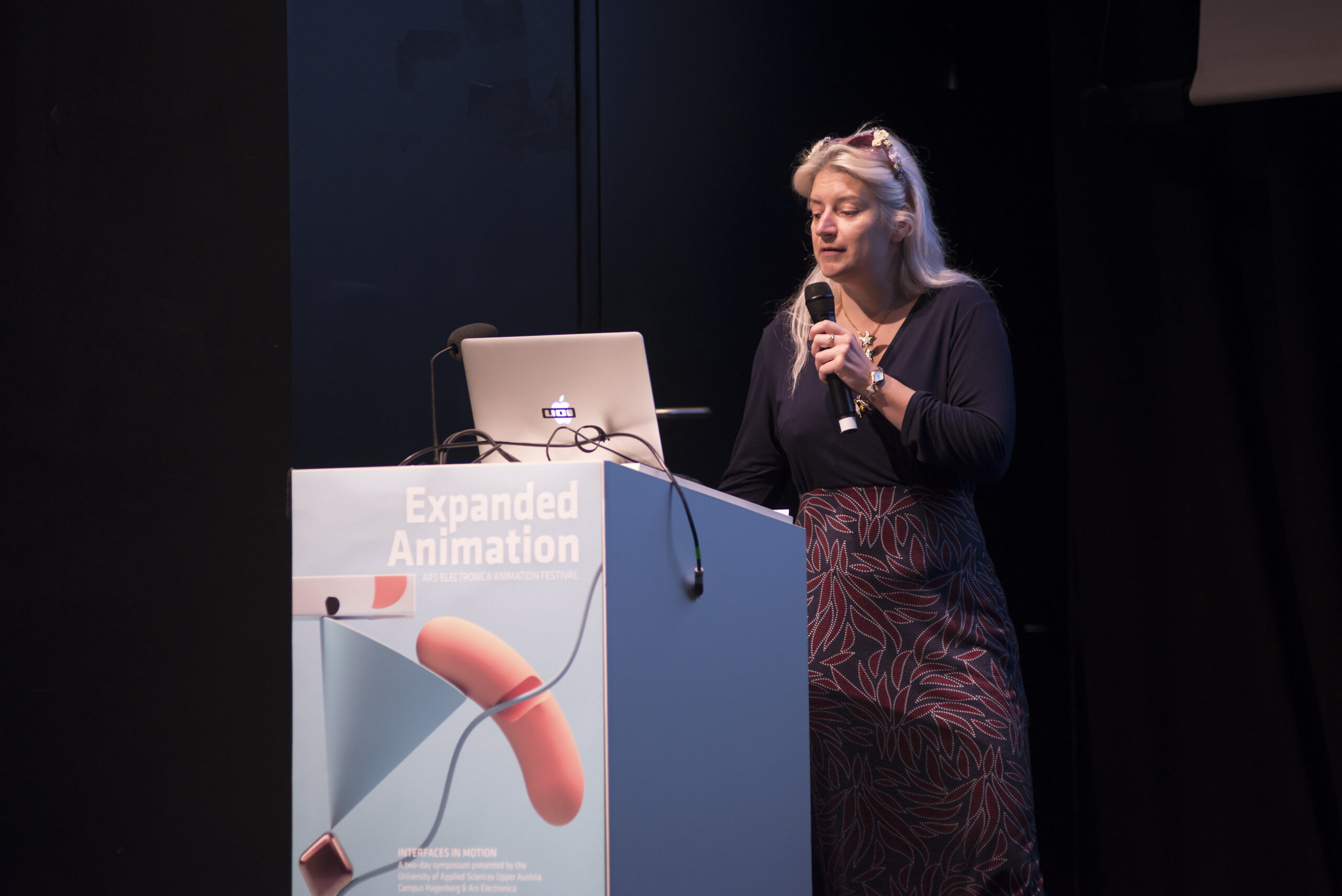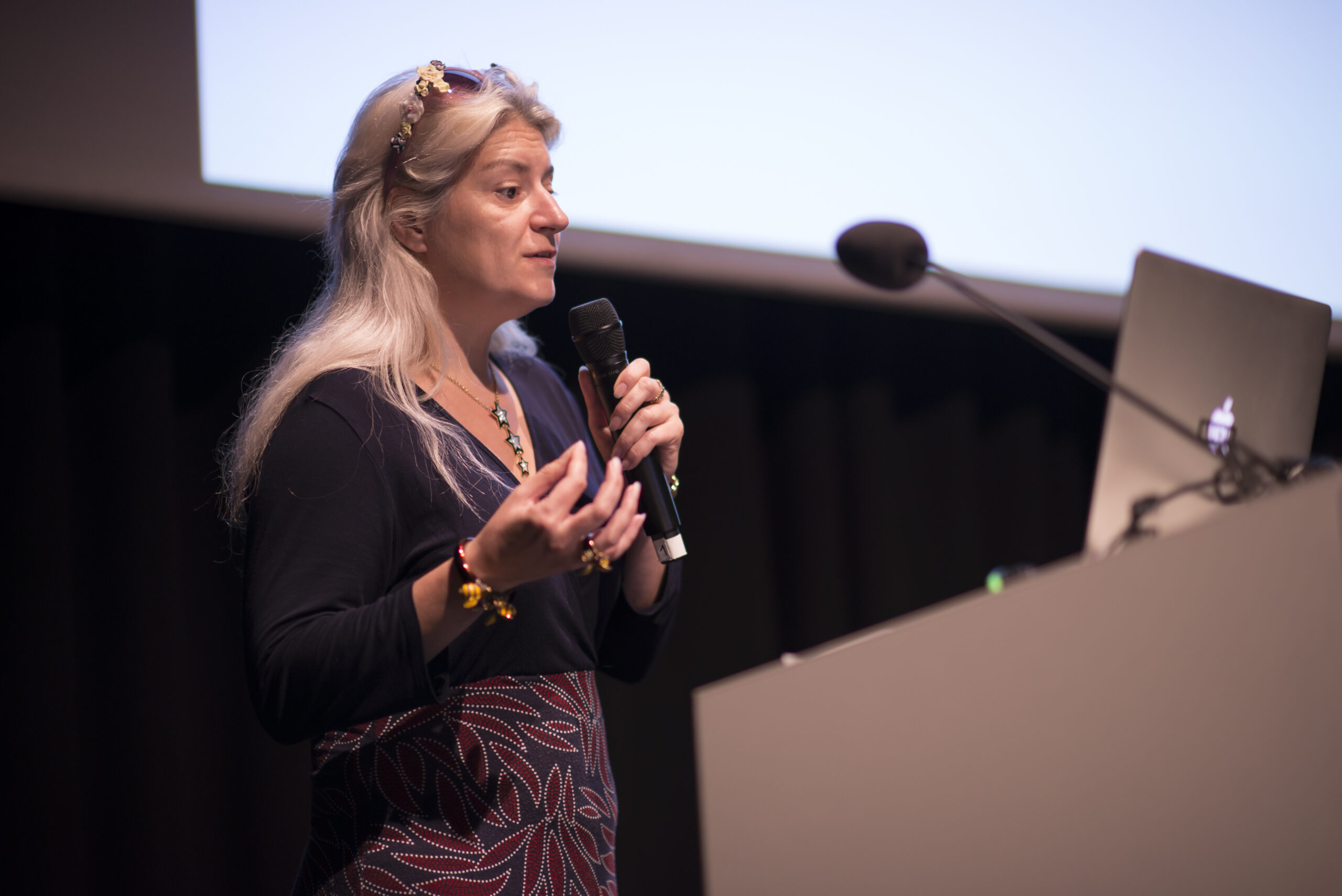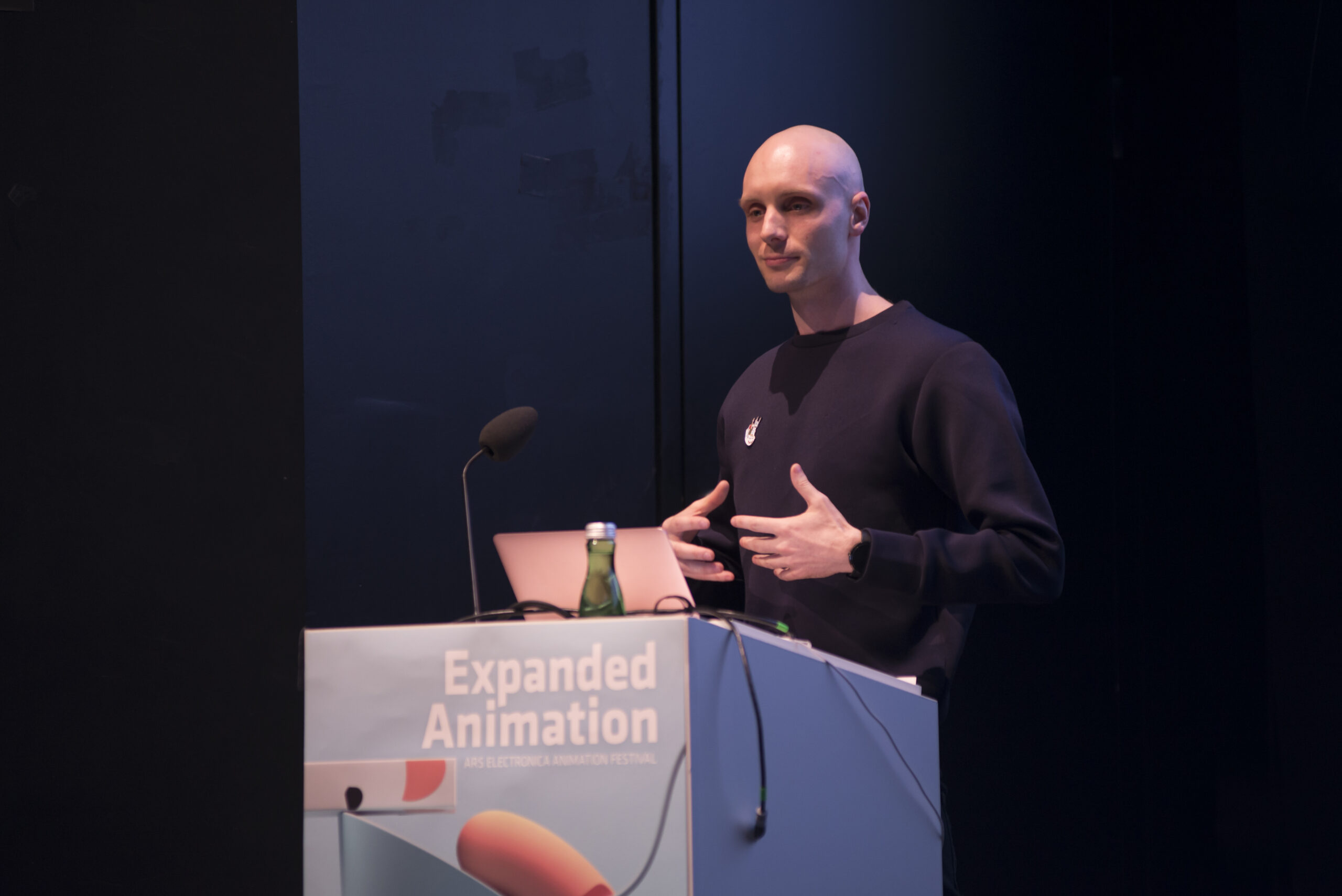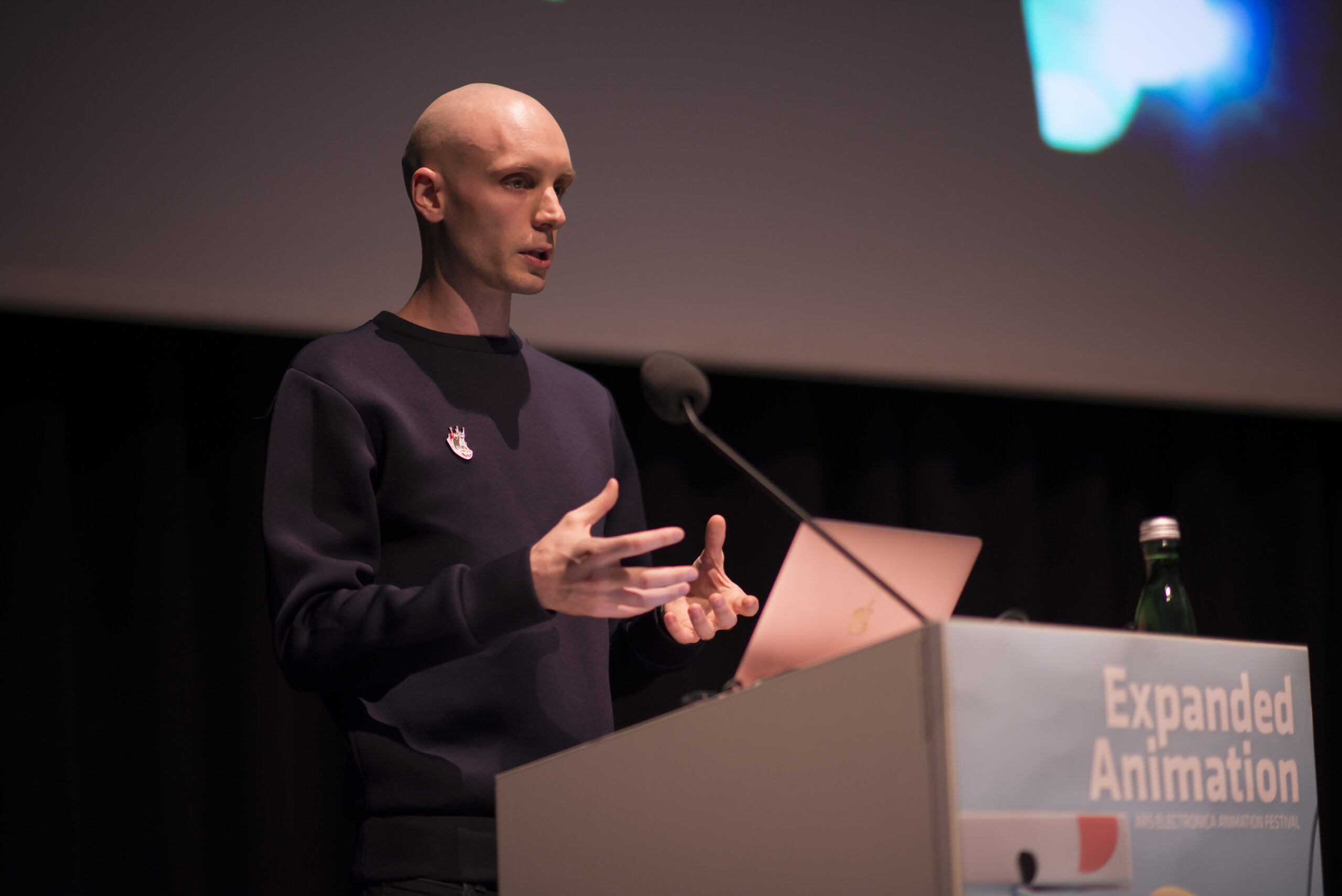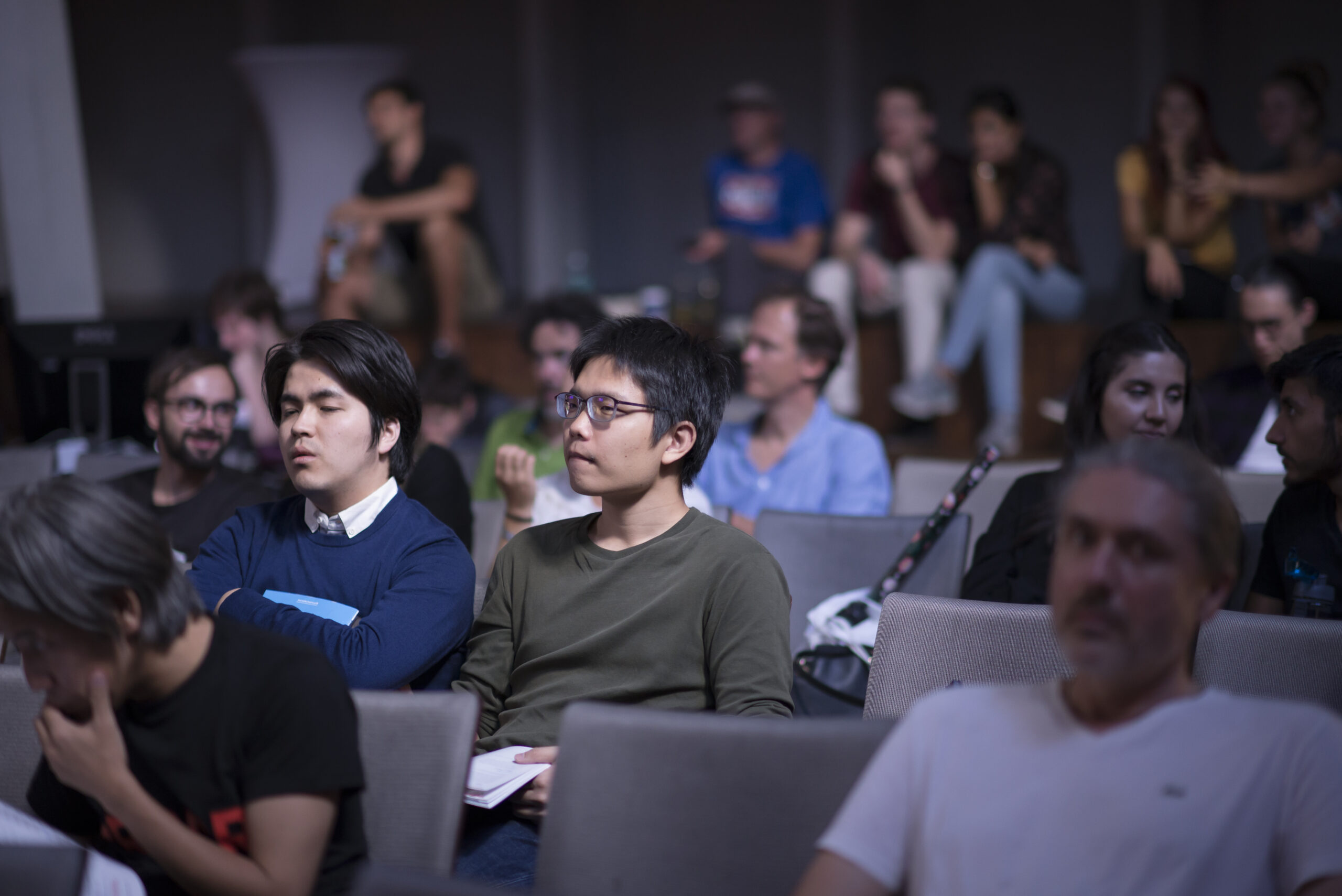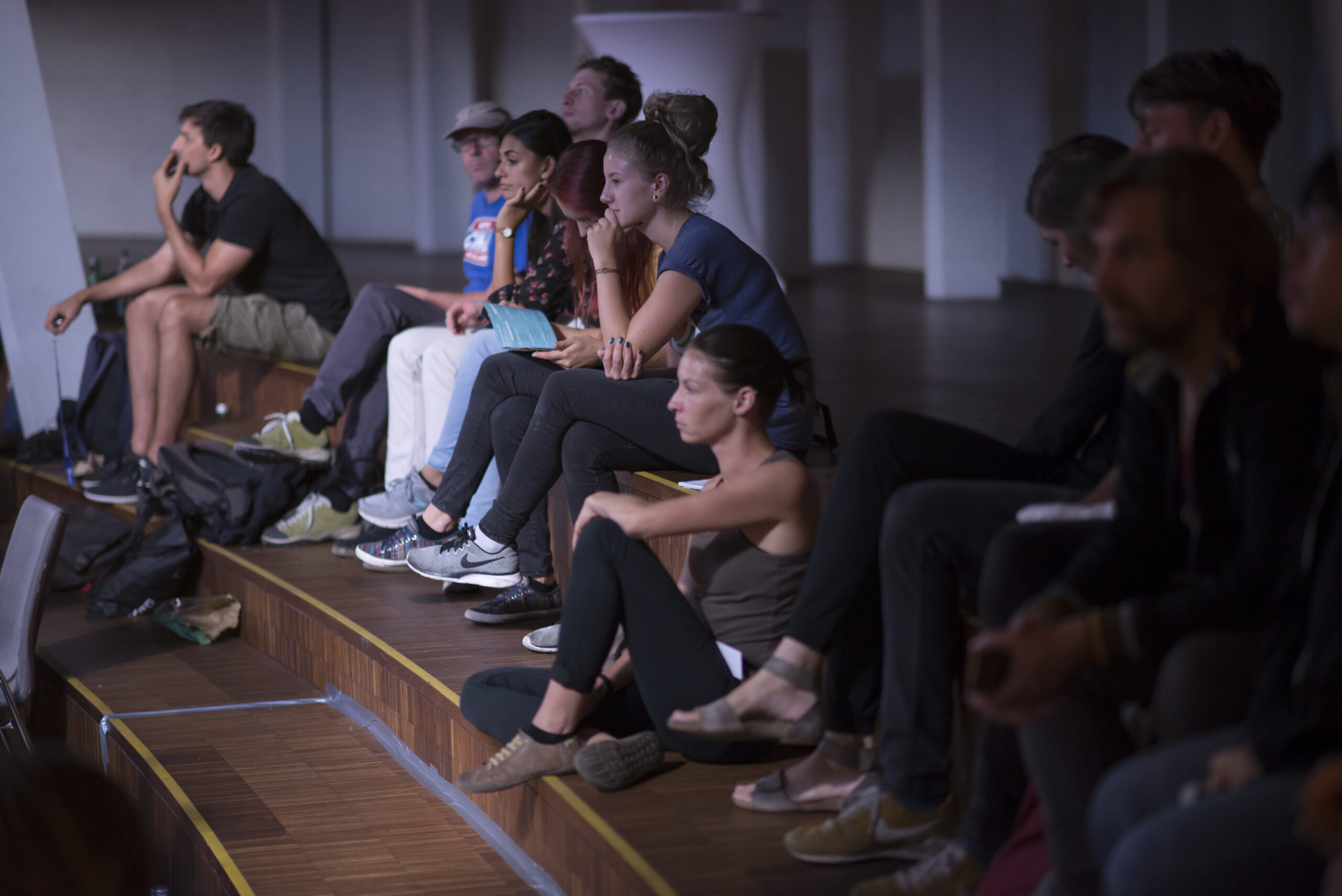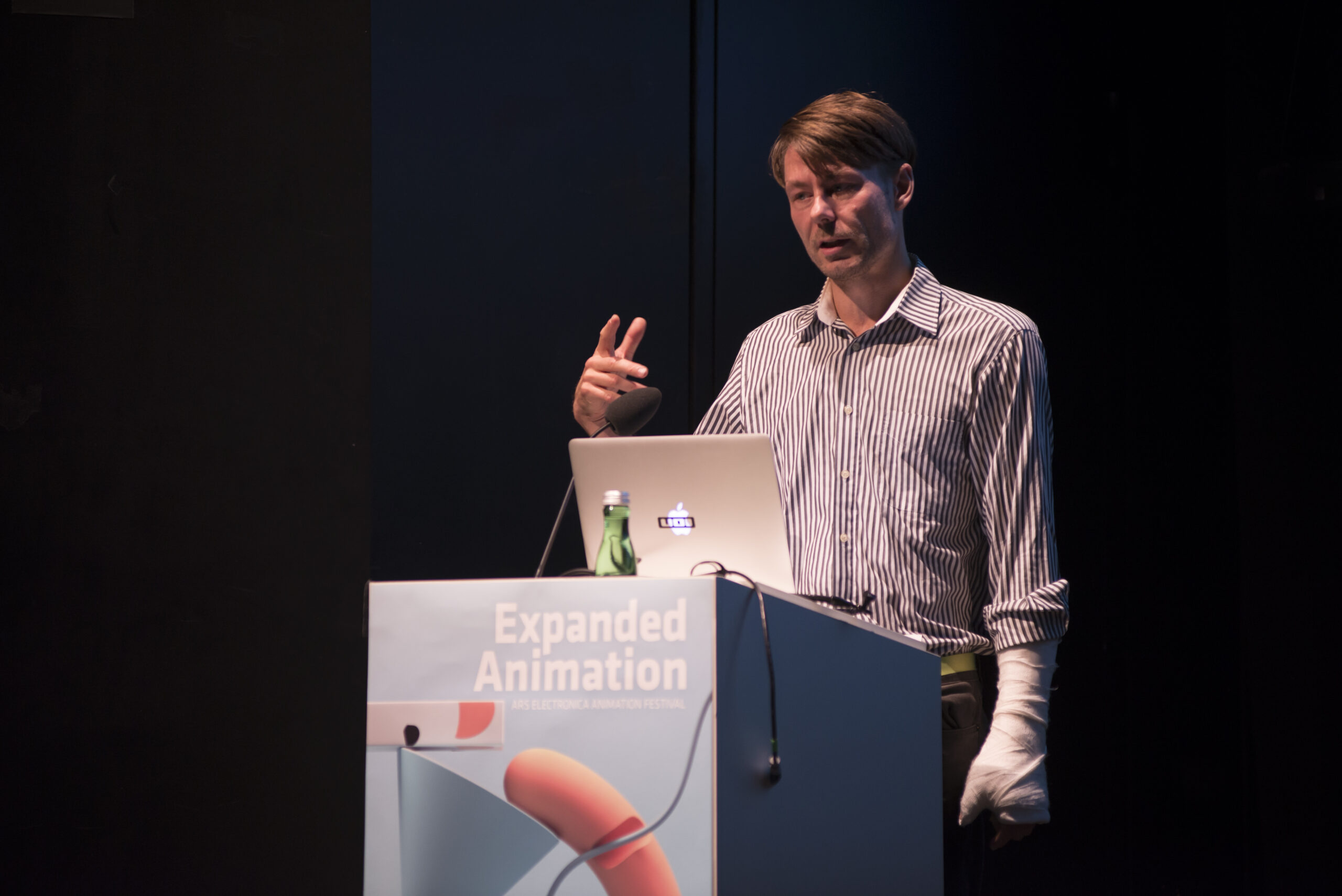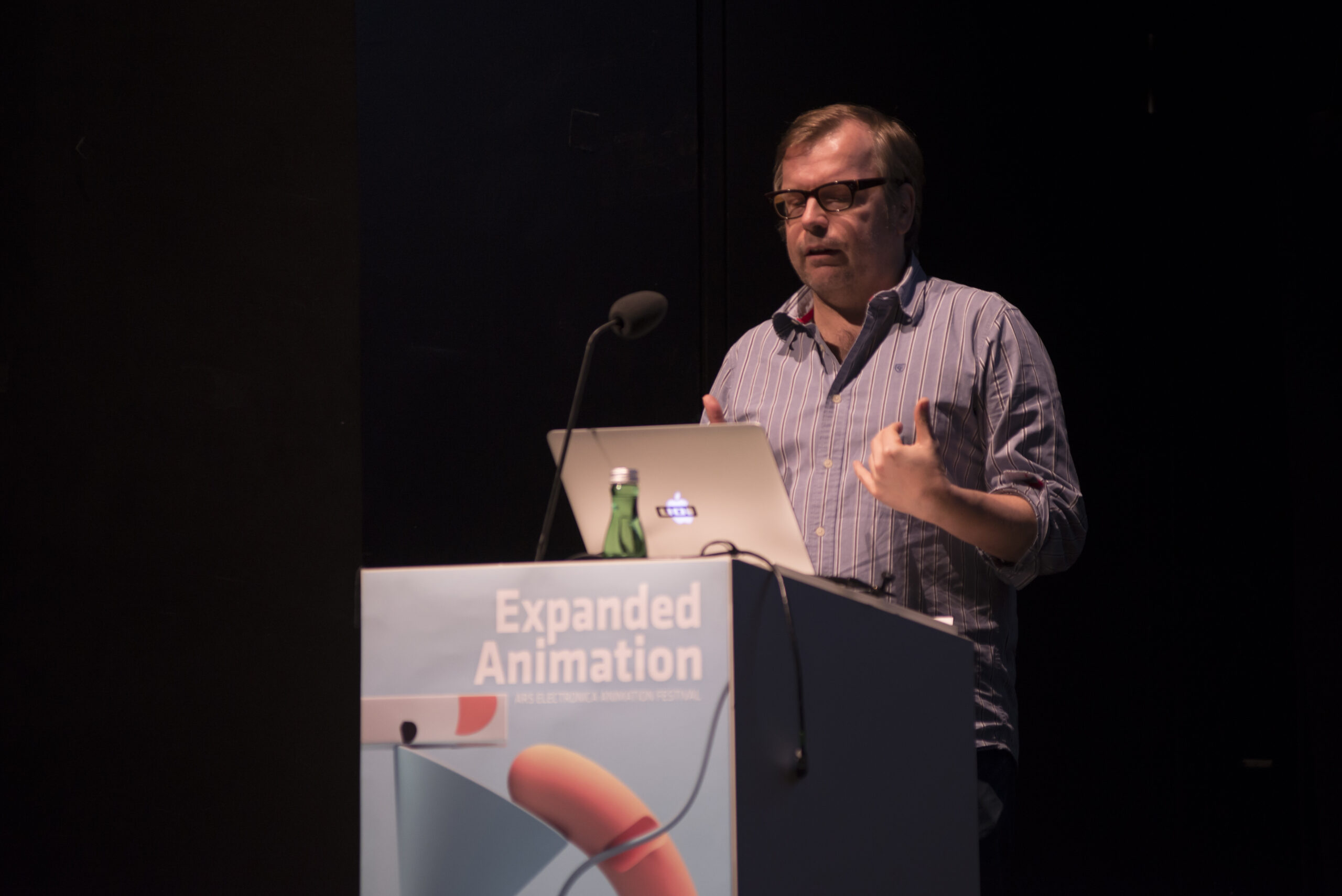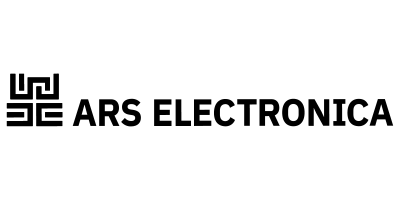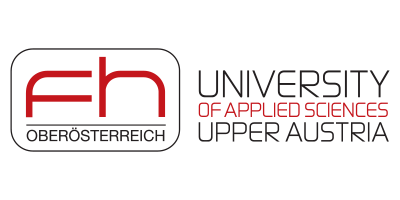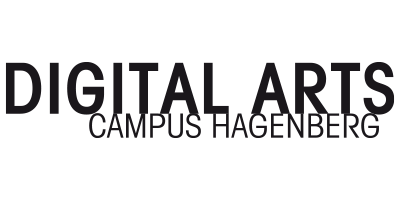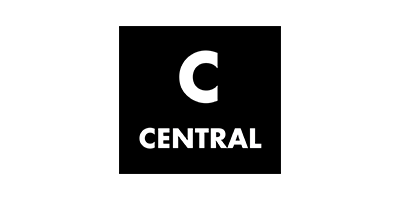This year’s Expanded Animation will be held there.
Join Us at CENTRAL Linz
Expanded Animation 2018
The 6th Expanded Animation symposium Interfaces in Motion carries on a process launched in 2013 – mapping the wide-ranging domain of animated worlds of imagery beyond the realms of well-trodden paths. The symposium stays the course as originally set at its inception, and presents theoretical positions and perspectives from the art world, the R&D field and the industrial sector. The mission: To function as a driving force advancing an interdisciplinary discourse.
This year’s symposium is an inquiry into future interfaces in animation. It will focus on animation technology at the manifold interface where humans, computers and interaction meet. The emergence in recent years of affordable technologies—e.g. in the areas of virtual production and mixed reality—create openings for new forms of interaction with moving pictures. Tools and digital devices such as head-mounted displays and mixed reality glasses increasingly call into question conventional workflows and forms of presentation. How will future animated films and hybrid forms consisting of filmed sequences and digital content be produced with and for these new technologies? How will these interfaces change the way digital motion pictures are presented and received, and what role does the audience play in this? This symposium is an effort to come up with answers and present approaches from the art world, the R&D field and the industrial sector.
Kicking off the symposium is the Prix Forum in which honorees in the 2018 Prix Ars Electronica’s Computer Animation category present their prizewinning works and discuss current trends. This will be followed by several panel discussions having to do with various aspects of “Interfaces in Motion” with artists, scientists, software developers and studios working in the fields of gaming, media design and animation.
The Lacuna Shifts, the latest VR application by the artist duo named DEPART, addresses the zone where the real world adjoins the virtual one. Right at the outset of this first-person experience, those partaking of a VR environment find themselves amidst a mirror-image of the real, outside world, and set off on a personalized journey inspired by Lewis Carroll’s Alice in Wonderland. Hannes Rall will elaborate on a current research project that illustrates how conventional animated productions can be expanded by AVR technology. James Paterson presents Norman, animation software that received a 2018 Honorary Mention for making it possible to bring to life in a VR environment the traces of movements left behind in a physical space. Volker Helzle will offer insights into the latest research in virtual production, a complex field of postproduction in which the real and the virtual increasingly merge. Gerhard Funk’s presentation will showcase interactive works subsumed under the title Cooperative Aesthetics that were developed for Deep Space 8K, and show how their audience’s collective movements can generate an animated world of imagery. Artistic experiments in the field of stereoscopic animation—from 3-D noise to binocular rivalry—will be the subject of Rainer Kohlberger’s presentation. Chunning (Maggie) Guo and YuanBo Zhong’s talk is entitled Re-evolution as the Interface in Generative Animation. In The Dematerialisation of Animation, Birgitta Hosea will discuss works by artists in the expanded cinema movement. Then Sophie Mobbs reports on VR applications in medicine as well as artistic interventions in this field.
Rounding out the symposium will be making-of presentations about prizewinning and well-received works in the field of applied art. Broken Rules, an Austrian indie game studio, will give a speech about the emotional design of the prizewinning computer game Old Man’s Journey. Talks by Melt and field.io, two design studios doing interdisciplinary work, and the ZEITGUISED / foam animation studio will offer insights into the creative process—from VR experiences to large-format audiovisual projections. Plus, many of the presented works will be shown in the Ars Electronica Animation Screening and in VRLab and Deep Space 8K at the Ars Electronica Center.
SPEAKERS
This year we are proud to feature amazing speakers from all around the world.
Prix Forum
Artist Position
Interaction in Motion
Studies in Motion
Interfaces in Motion
Art & Industry

Expanded Animation – Mapping and Unlimited Landscape
The symposium Expanded Animation began in 2013 and offered a first approach to the expanding field of computer animation. It has since become an established part of the Ars Electronica Animation Festival and the international competition Prix Ars Electronica Computer Animation. Every year under an overarching theme, the symposium has researched the field of technology, art, animation, and aesthetics, investigated the collapsing boundaries in digital animation, and explored positions and future trends. As with the first conferences on computer animation at Ars Electronica in the 1980s, practice and theory are equally important. The richly illustrated publication Expanded Animation: Mapping an Unlimited Landscape features contributions from speakers and artists from the past six years and presents an overview of the prize winners in prix category Computer Animation from 2011 to 2018.
250 pages, 250 Illustrations
14
TALKS
16
SPEAKERS
9
COUNTRIES
VIDEOS
Videos from Expanded Animation symposium 2018.
GALLERY
Impressions from Expanded Animation symposium 2018.
PARTNERS & CREDITS
Organization
Expanded Animation is brought to you by a group of dedicated people from the University of Applied Sciences Upper Austria, Hagenberg Campus | Digital Media Department.
Conference Organizers (FH OÖ)
Jeremiah Diephuis
Juergen Hagler
Michael Lankes
Patrick Proier
Christoph Schaufler
Alexander Wilhelm
Conference Organizers (FH OÖ)
Victoria Absmann | On Location
Martin Dorfer | On Location
Lisa Gierlinger
Santiago Hager | On Location
Fabian Kainz | On Location
Theresa Kammerhofer | On Location
Raphaela Klein | Graphics
Andreas Köttl | On Location
Christoph Lendenfeld
Franziska Marinovic
Yvonne Marneth
Marleigh Pach | On Location
Matthias Patscheider
Max Penzinger | Web
Nicole Rathmayr | Web
Julian Salhofer | On Location
Astrid Wöhrer | Graphics
Alessa Wolfram | On Location
Trailer
Martina Stiftinger | Visual
Resonate | Sound

